Influential Japanese photographers
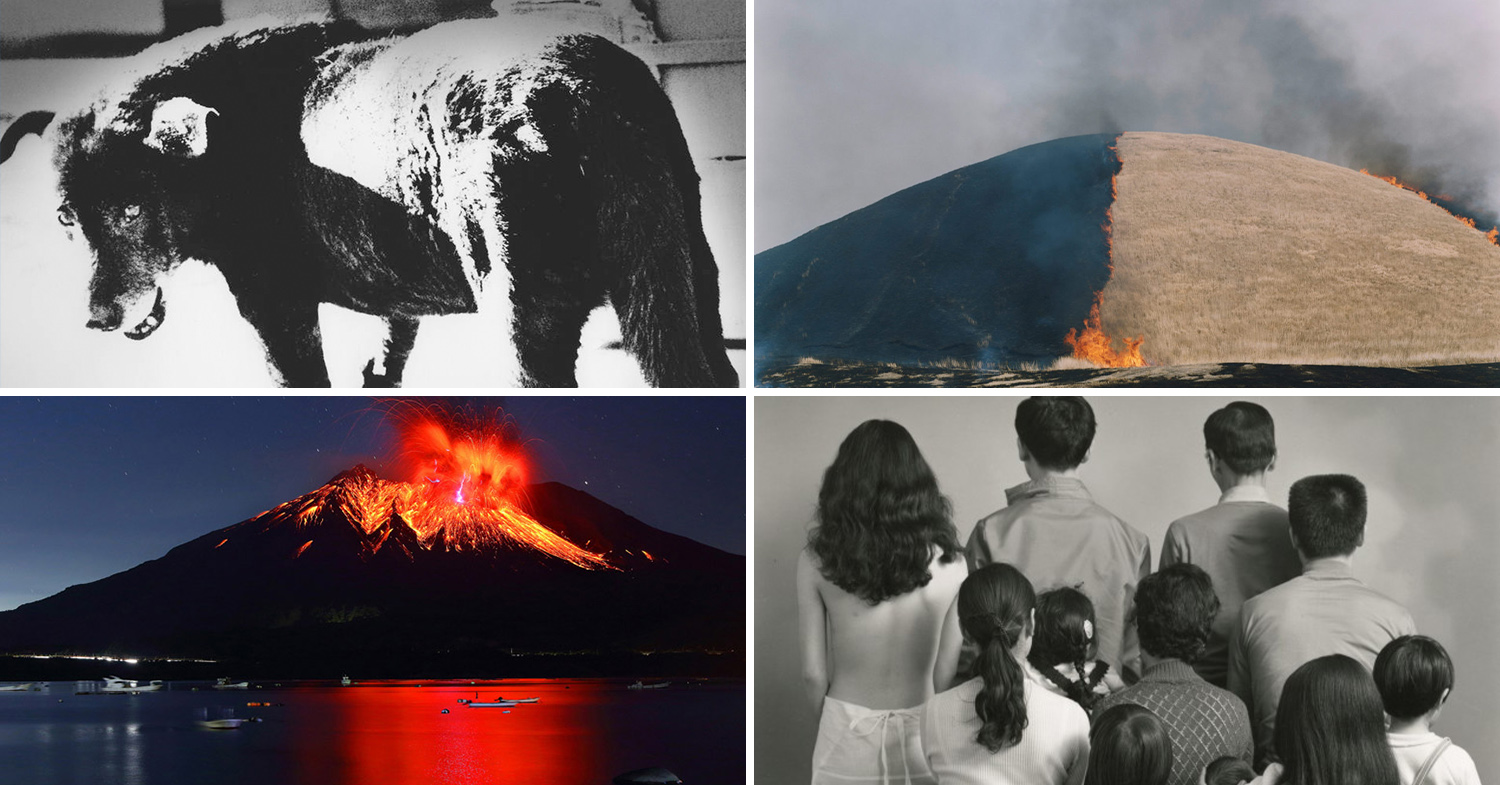
Influential Japanese photographers
Image adapted from (clockwise from top-left): Daido Moriyama Photo Foundation, Rinko Kawauchi, Michael Hoppen Gallery, Takehito Miyatake
Japan has a huge photographic industry – if you were to name a camera brand, it’s likely to be Japanese. With a robust camera industry and a flair for the fine arts, it’s no surprise that Japan has a strong photography culture.
In the years following World War II (WWII), cameras became more advanced and affordable. Photography – photojournalism in particular – was on the rise around the world. Several Japanese photographers picked up their lenses to document the lives and landscape around them, unknowingly creating a distinct style that would define Japanese photography and influence generations of budding photographers.
We’ve made a list of some of the most influential Japanese photographers who continue to be studied today. With some luck, you’ll be inspired to create your unique style, too.
1. Rinko Kawauchi (川内 倫子)
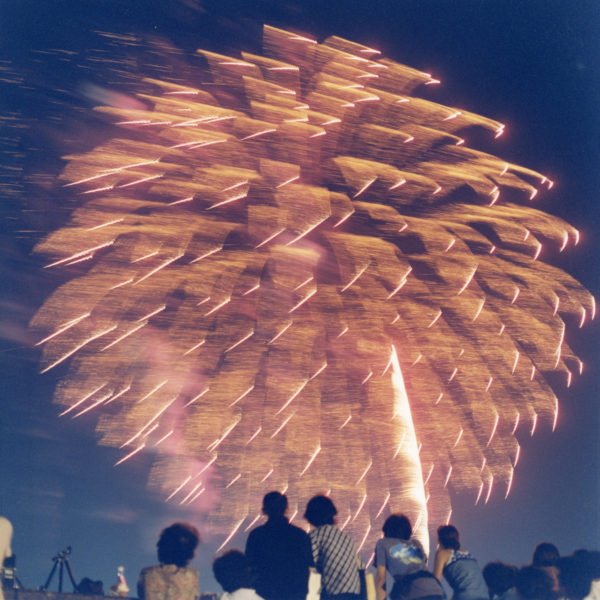
Image credit: Rinko Kawauchi
Rinko Kawauchi is known for her stylistic dream-like photos and use of soft colours and simple compositions.
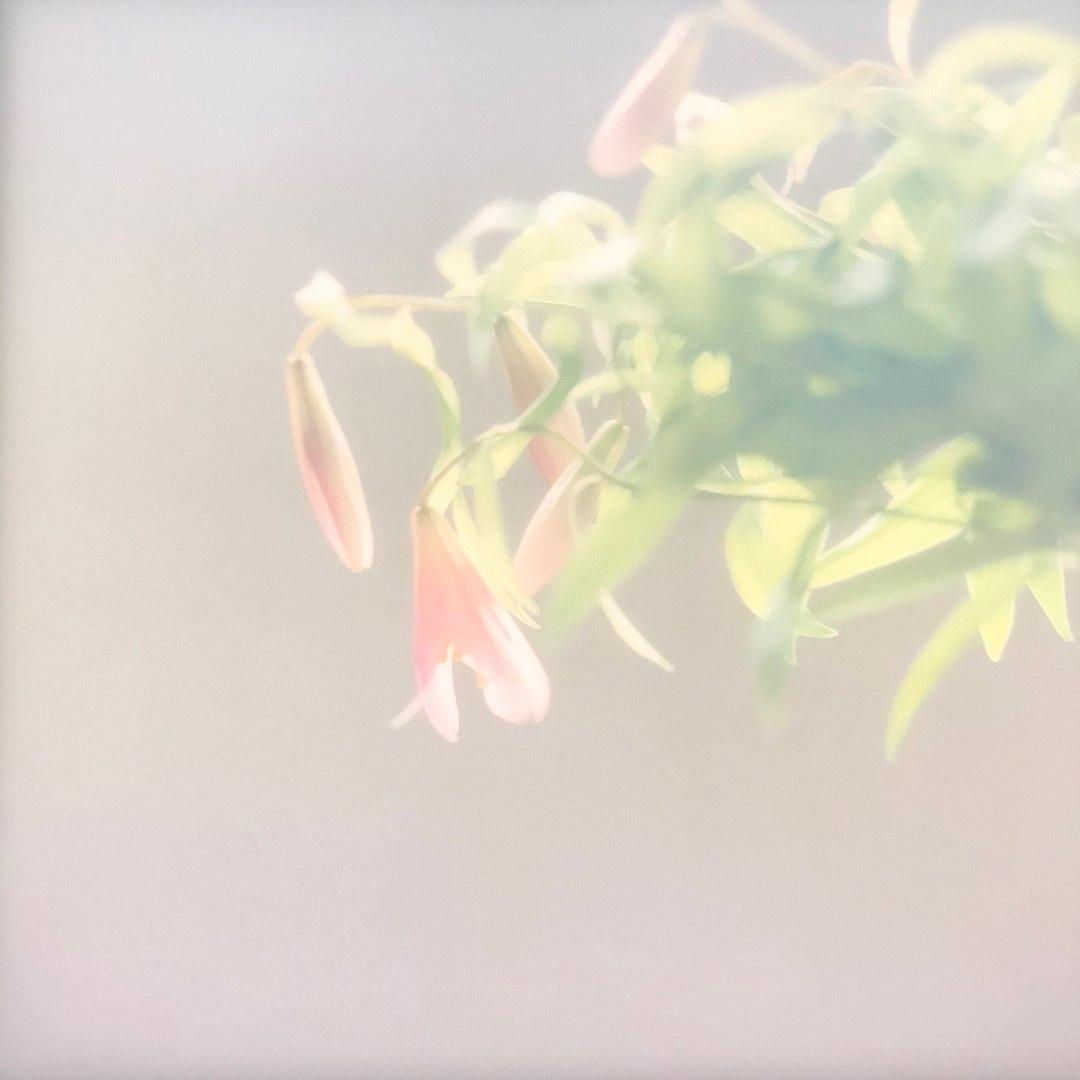
Image credit: @rinkokawauchi
Born in 1972, she was inspired to be a photographer while studying graphic design at the Seian University of Art and Design.
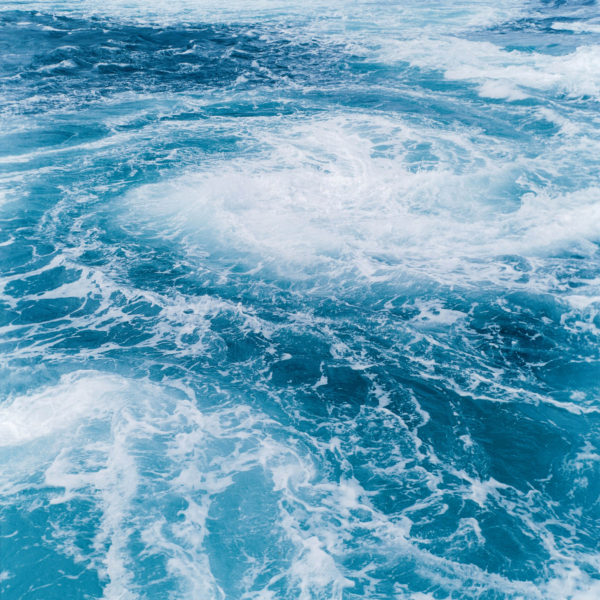
Image credit: Rinko Kawauchi
Some of her more famous works are of rituals. Her work is rooted in Shintoism and its belief that all things have a spirit, so nothing is too mundane for her to shoot.
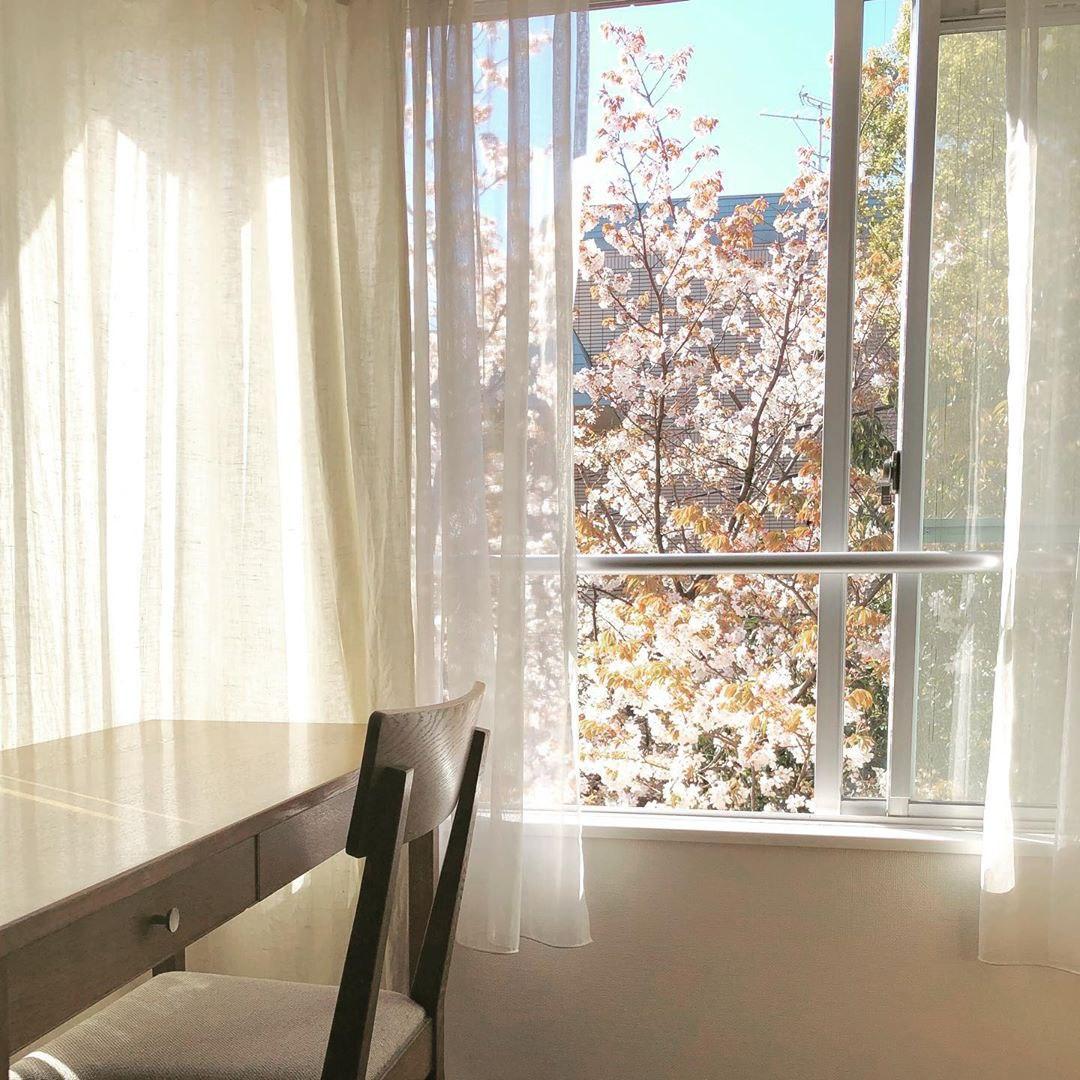
Image credit: @rinkokawauchi
Much of her work is shot in the square 6×6 format with her Rolleiflex – a twin-lens reflex camera that uses medium format film.
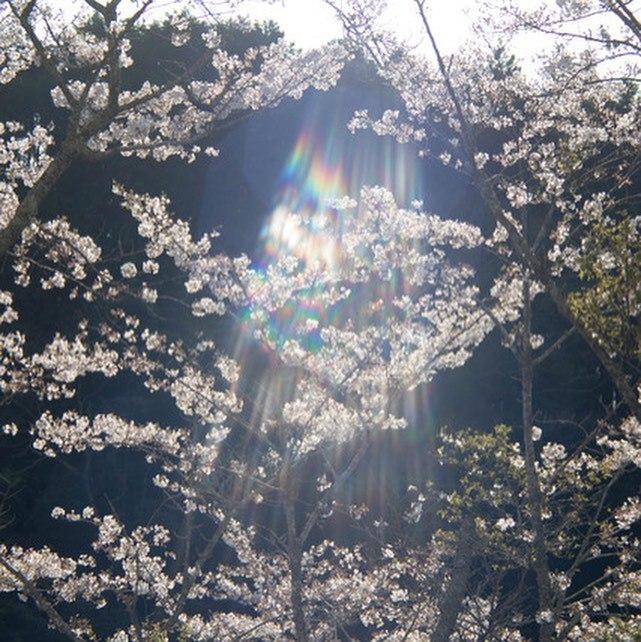
Image credit: @rinkokawauchi
One of her most notable books, Ametsuchi (2013), documents a 1,300-year-old Shinto ritual of burning farmlands for renewal and sustainability.
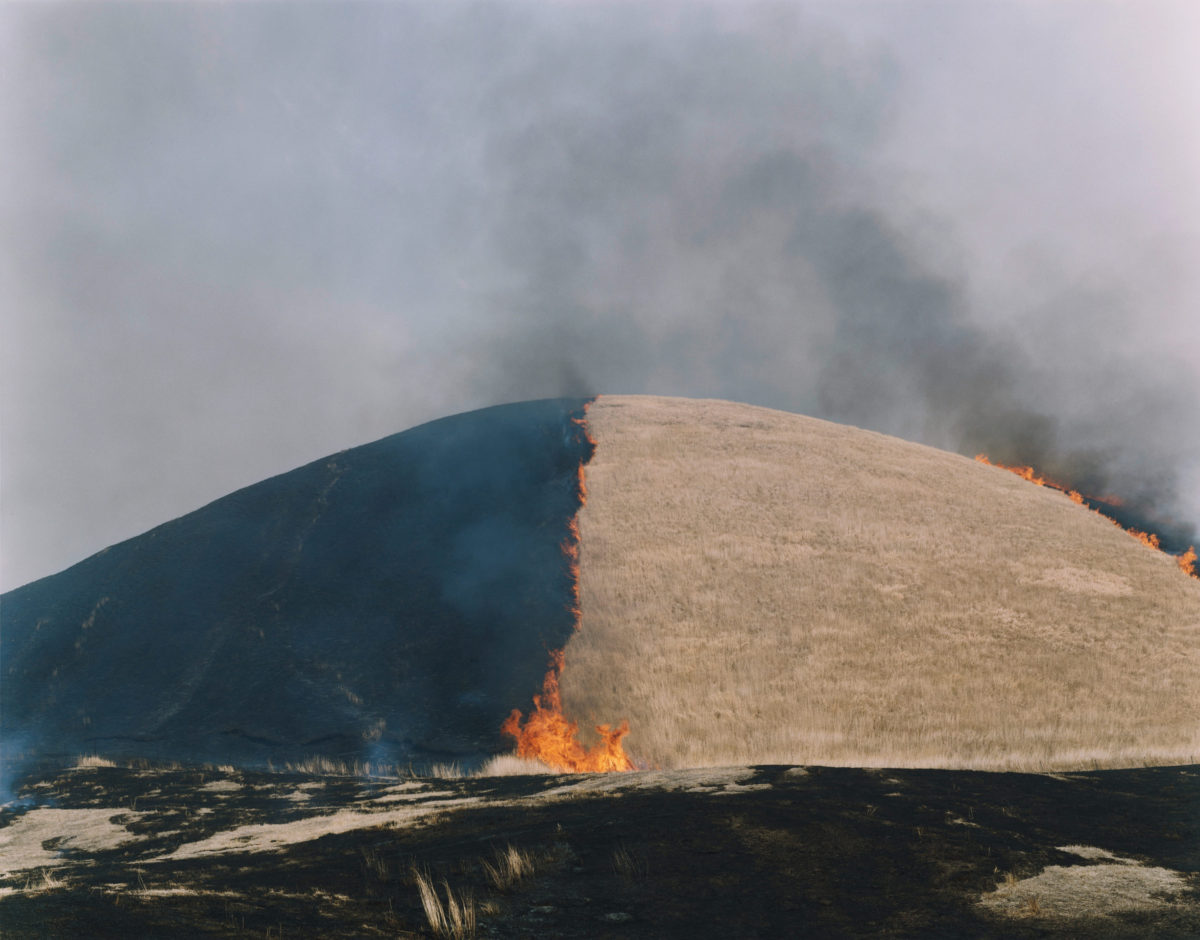
Image credit: Rinko Kawauchi
Rinko was awarded the Infinity Award for Art by the International Center of Photography in 2009.
For more of Rinko Kawauchi’s works, which include videos, check out her website here.
2. Daido Moriyama (森山 大道)
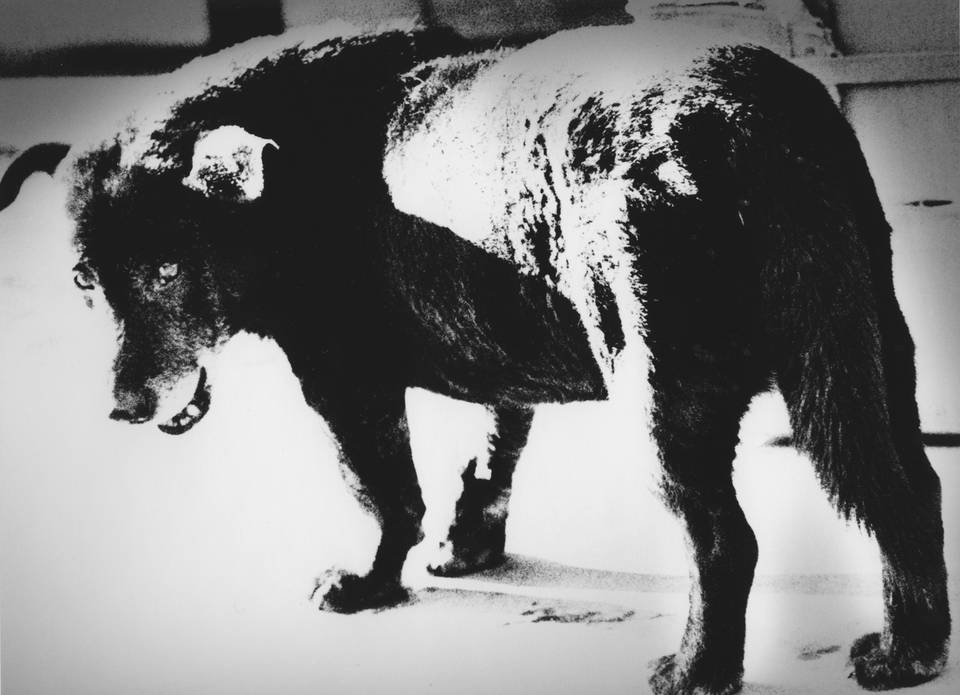
Image credit: Daido Moriyama Photo Foundation
Daido Moriyama was born on October 10, 1938, in Osaka, before he moved to Tokyo in 1961. Later, he began his career as a freelance photographer in 1964, often shooting around American bases in Yokosuka.
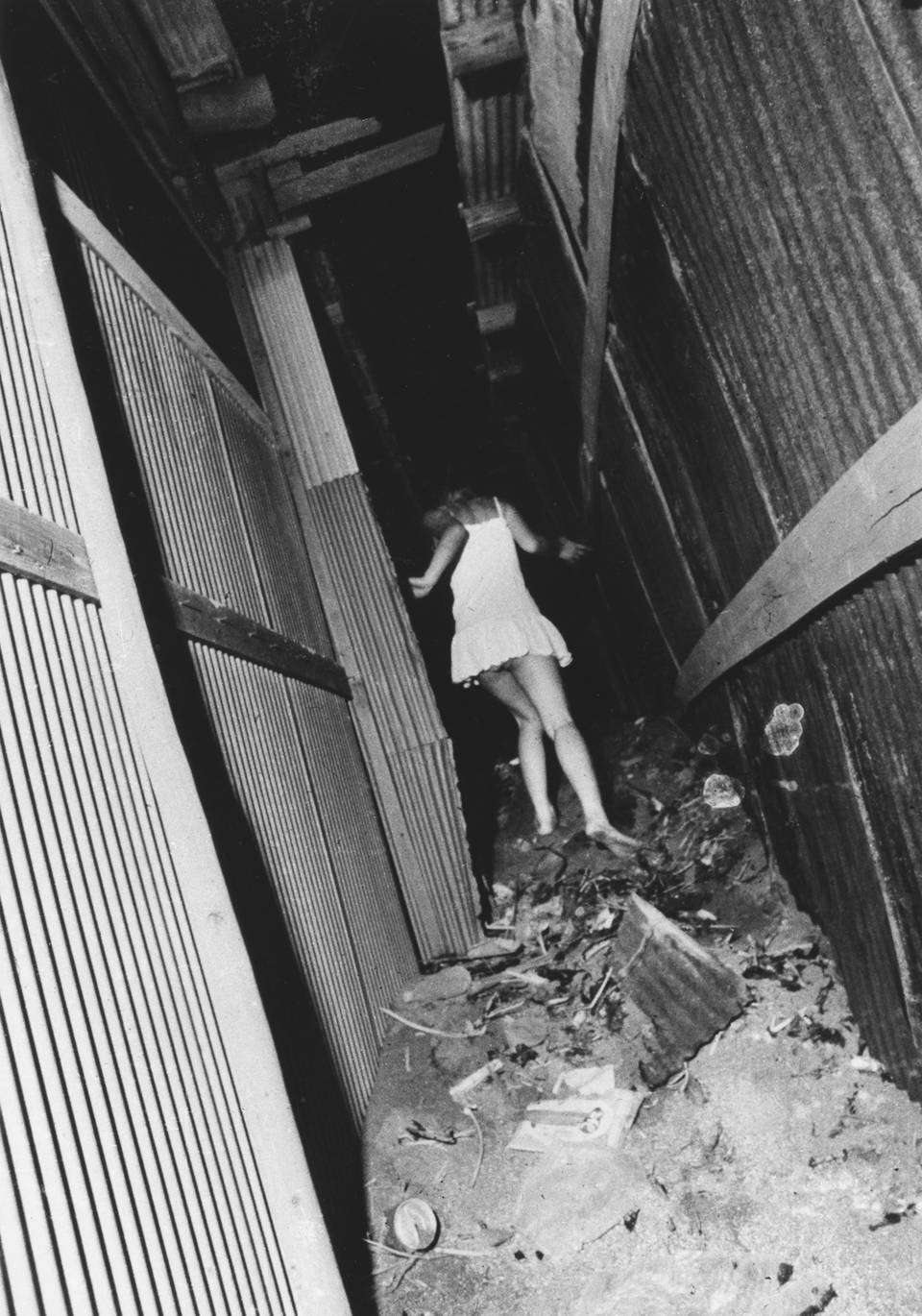
Image credit: Daido Moriyama Photo Foundation
Many of Daido’s photo books are considered a must-read for photographers – notably Memories of a Dog (1988), Farewell, Photography (1972) and The World Through My Eyes (2010). He has published over 150 photo books.
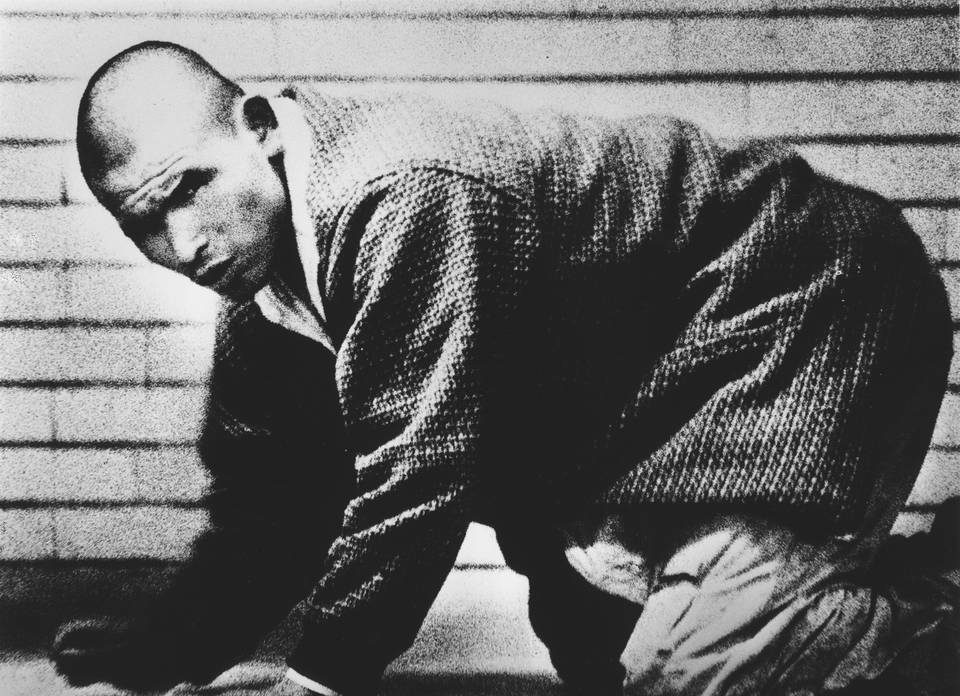
Image credit: Daido Moriyama Photo Foundation
His iconic style is characterised by monochrome, high-contrast, abstract, and grainy photos, which some would describe as “dirty”. He describes it as are, bure, bokeh (grainy, blurry, out-of-focus), which were the aesthetics of the Provoke photographers in late-60s Japan.
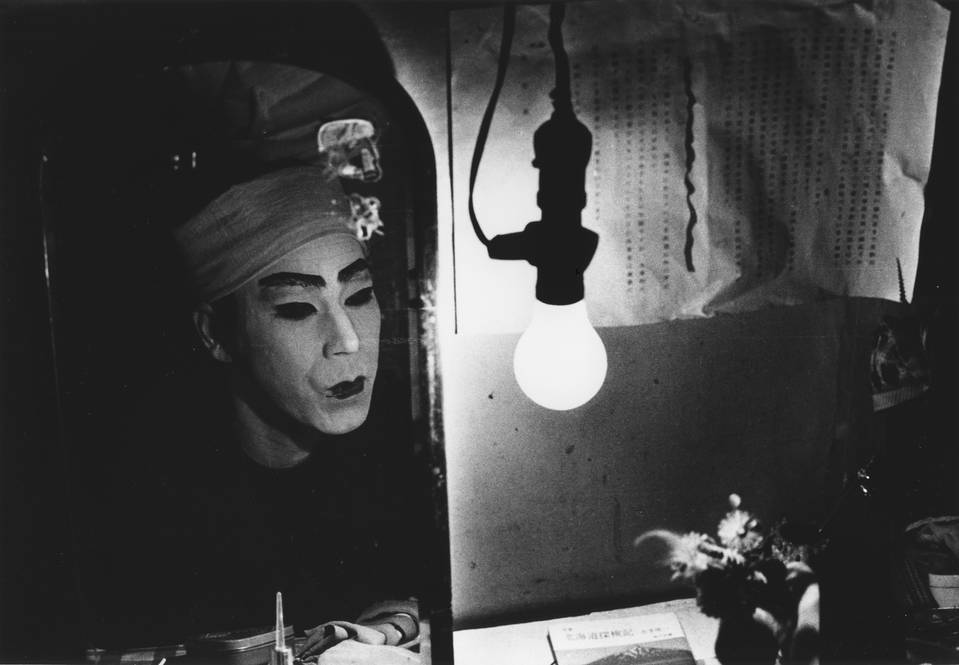
Image credit: Daido Moriyama Photo Foundation
Daido went around Japan taking provocative snapshots of the streets, seeking to capture and document fragments of reality. He has described himself as a stray dog roaming the streets, and you can sense that from his photographs.
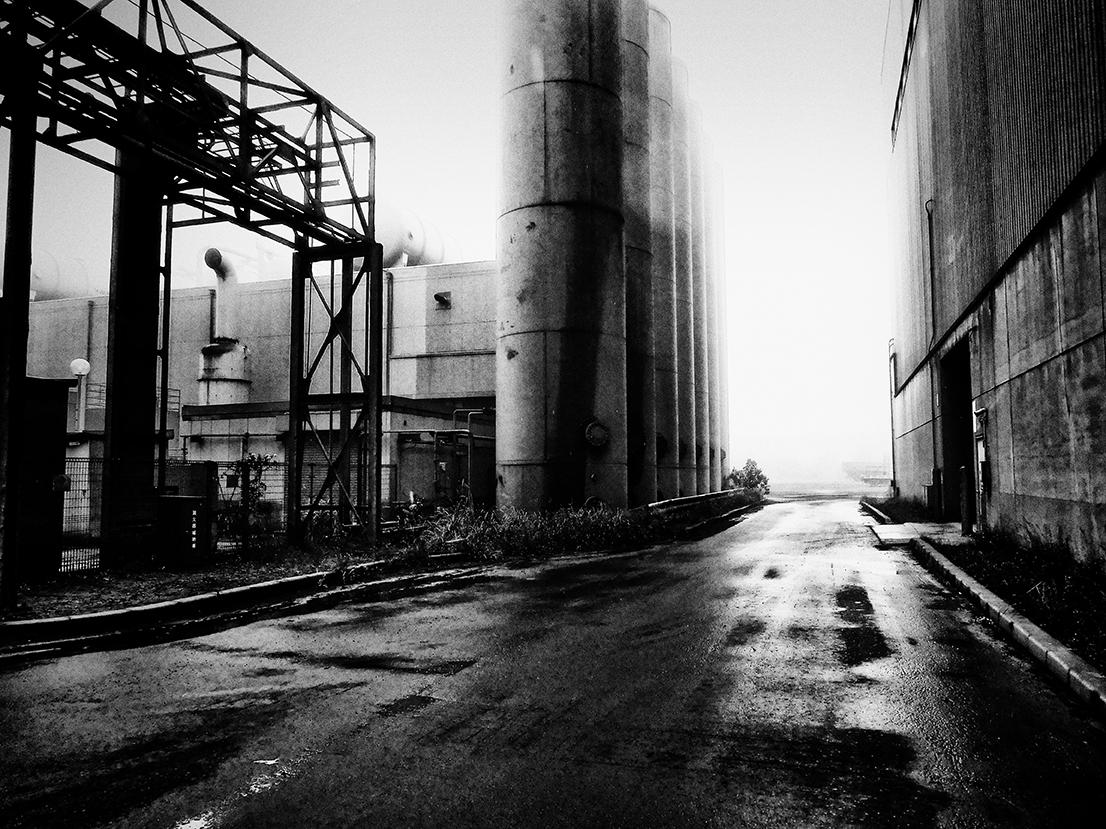
Image credit: Daido Moriyama Photo Foundation
While many assume that the masters of street photography use high-end cameras and equipment, Daido Moriyama championed the use of discreet compact cameras from Ricoh. He believes that photography should have a casual approach to it – stop, shoot, and move on. This has also helped in staying unseen by the subjects of his photos.
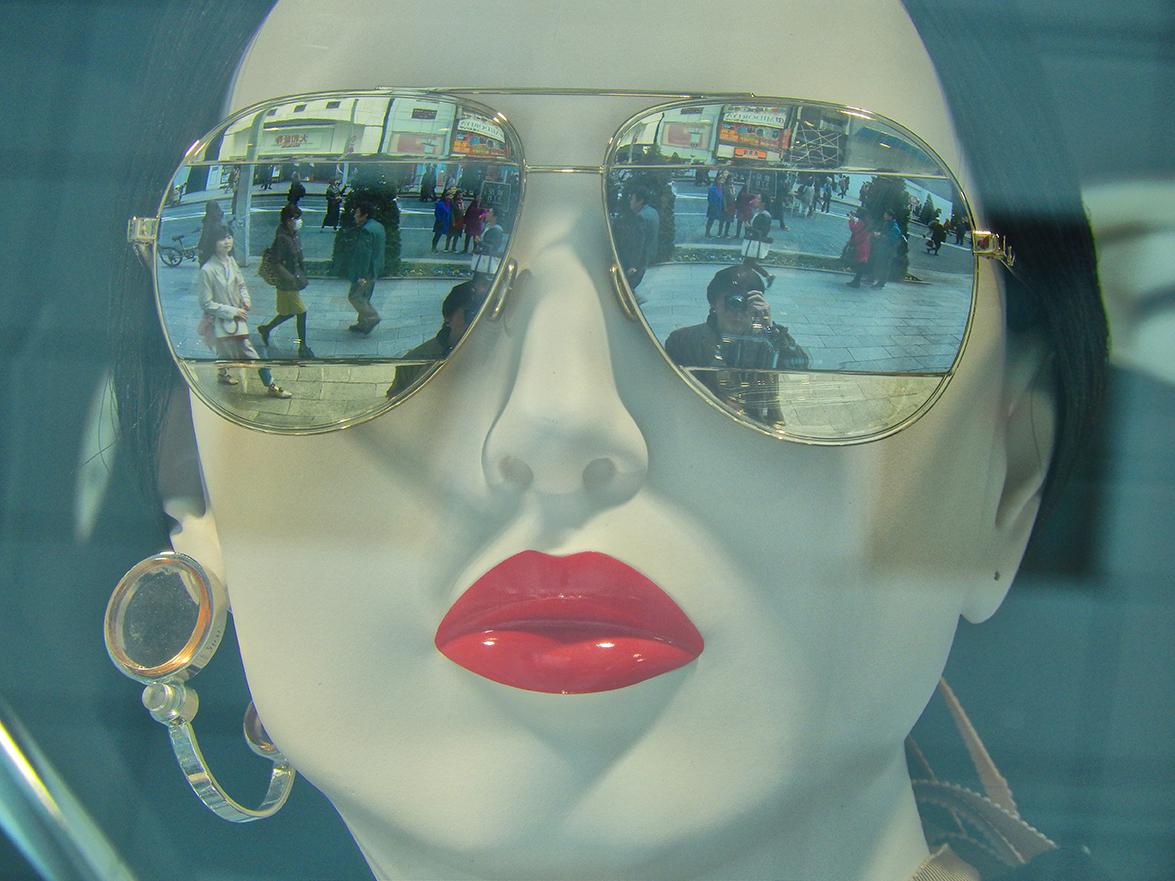
Image credit: Daido Moriyama Photo Foundation
Daido received the Infinity Award for Lifetime Achievement from the International Center of Photography in New York in 2004 and the Hasselblad Award in 2019.
Check out more of Daido Moriyama’s photographs from his foundation’s website here.
3. Shunji Dodo (百々 俊二)
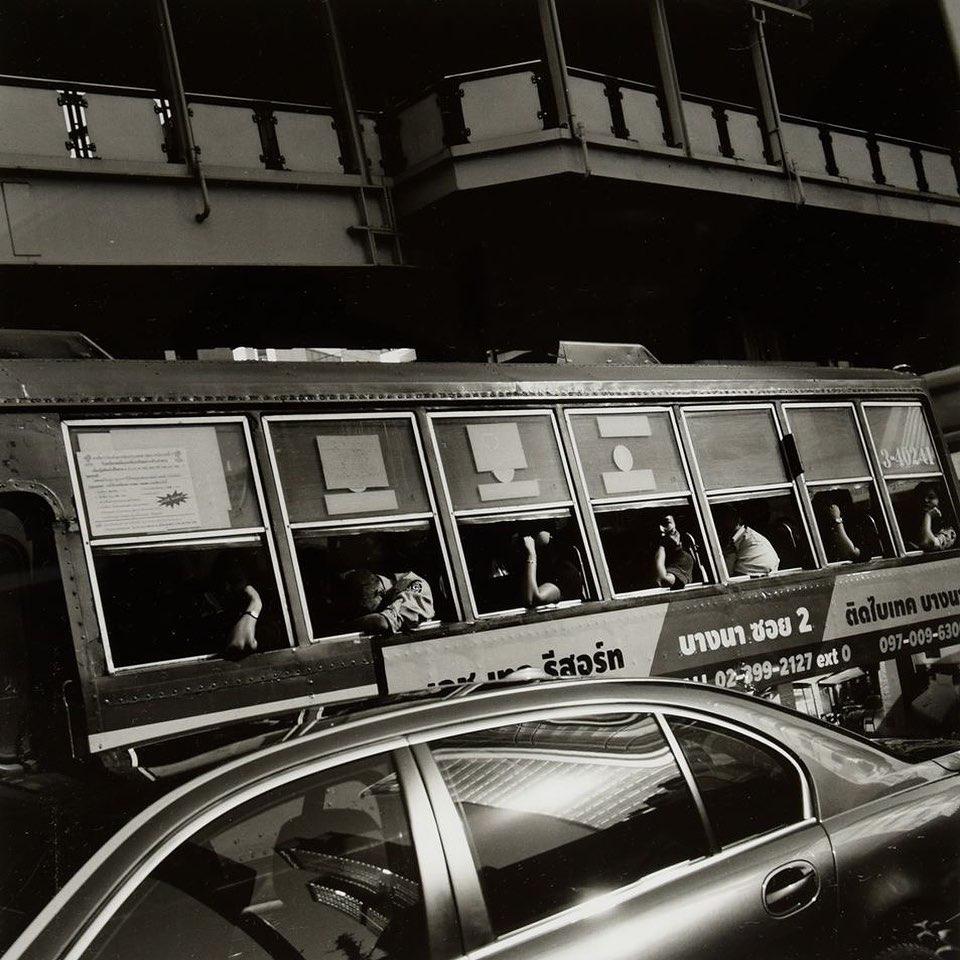
Shunji Dodo took this photo on one of his trips to Bangkok
Image credit: @shashasha_book
Shunji Dodo was born in 1947 in Osaka. After graduating from the Kyushu Sangyo University Faculty of Arts Department of Photography, he became a professor at the Tokyo Shashin Senmon Gakko in the same year.
He then went on to become a professor at the Osaka Shashin Senmon Gakko in 1972 and was later appointed the head of the school. In 2015, he was appointed head of the Irie Taikichi Memorial Museum of Photography in Nara City.
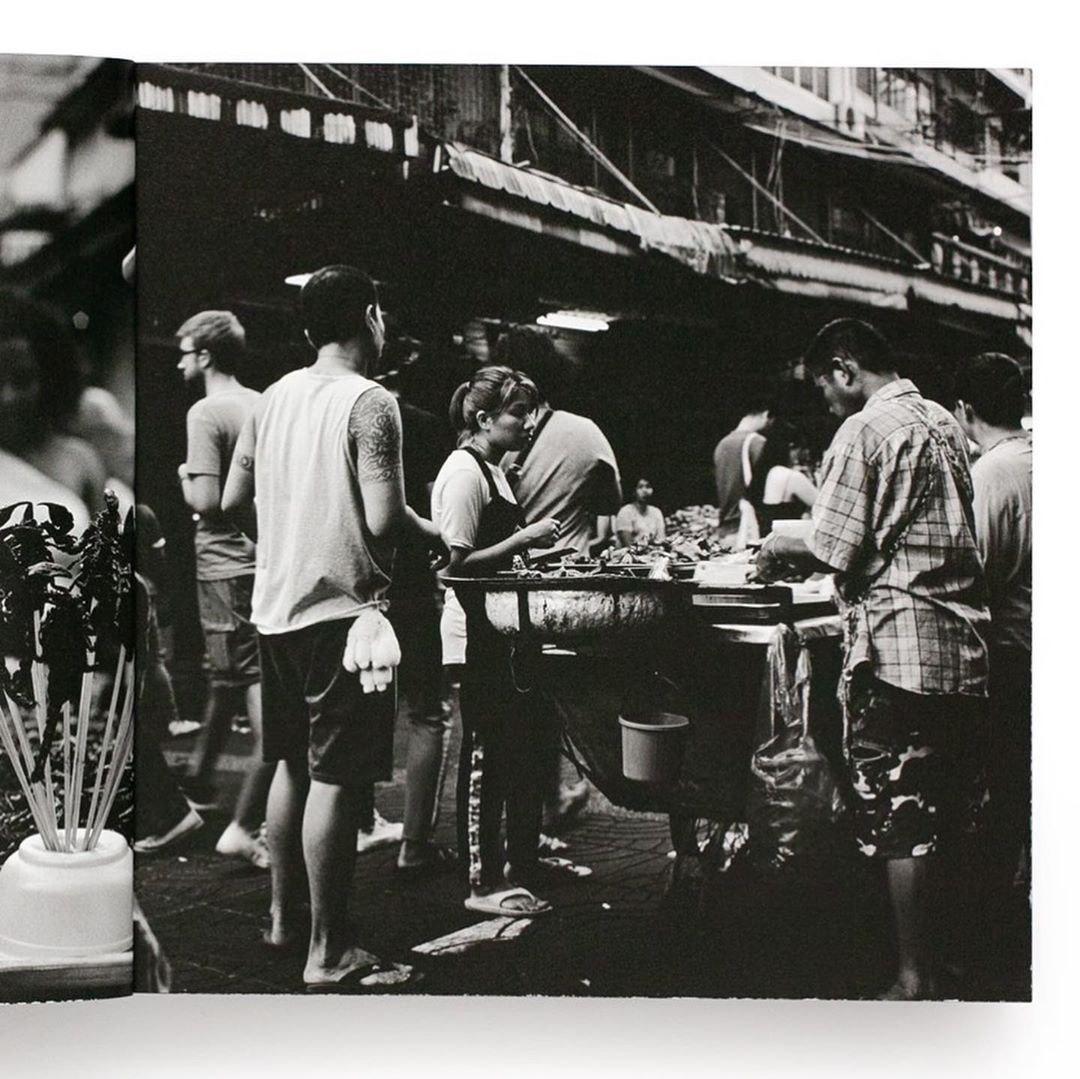
Image credit: @shashasha_book
Shunji Dodo is best known for his award-winning photo books, A Radiant Land: Kii Peninsula (1995), A Radiant Land with Thousands of Years (2000) and Osaka (2010), all of which feature large-format photographs of Japan.
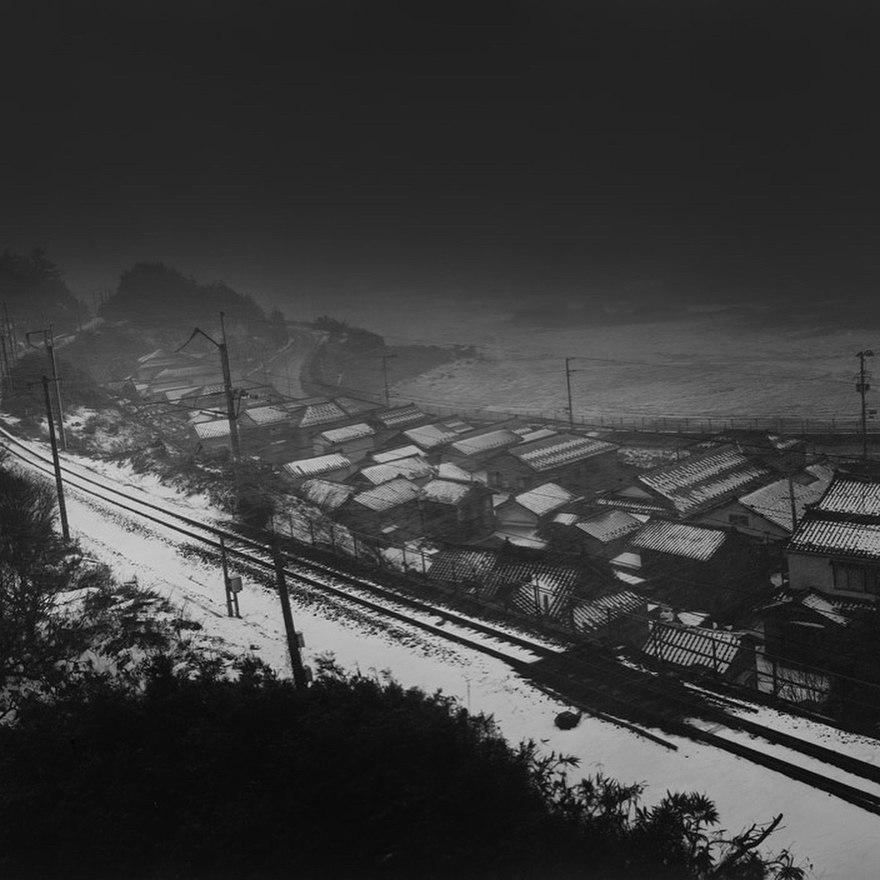
Image credit: @hitspaper
He photographed events such as the student protests in the 1970s, and his experience of growing up in the unrest of post-war Japan. His books are often a collection of his personal memories, revolving around a common visual theme.
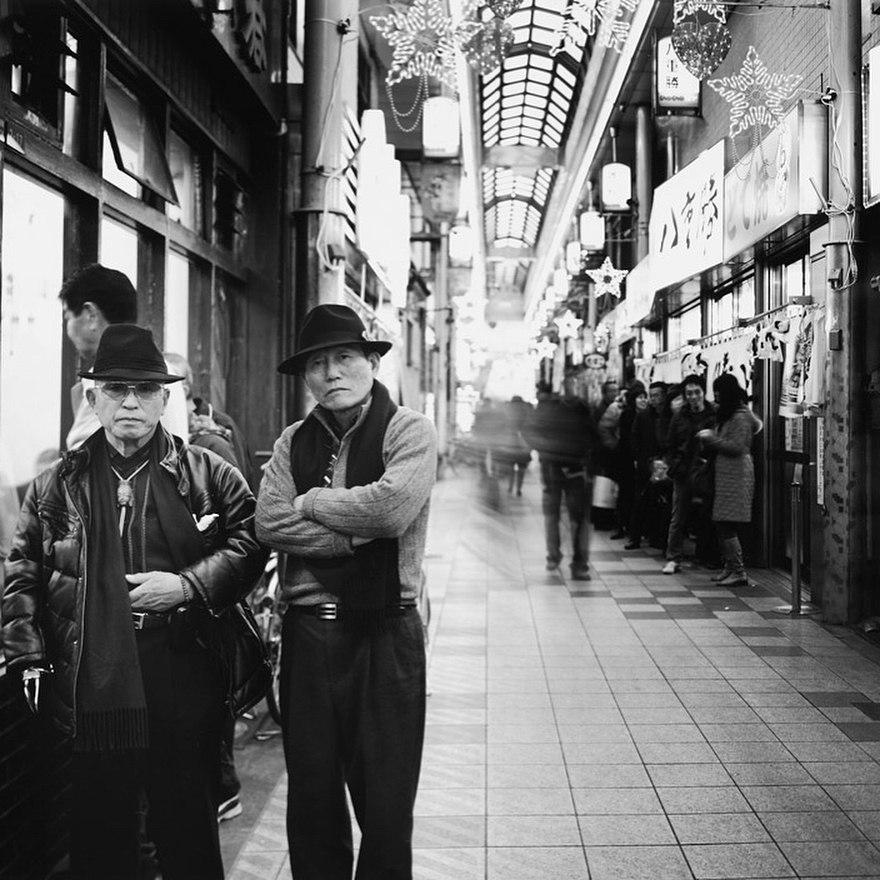
Image credit: @hitspaper
Shunji Dodo is still active as a photography educator and avid photographer. To find out more of his life and work, including the photo books he published, click here.
4. Masahisa Fukase (深瀬 昌久)
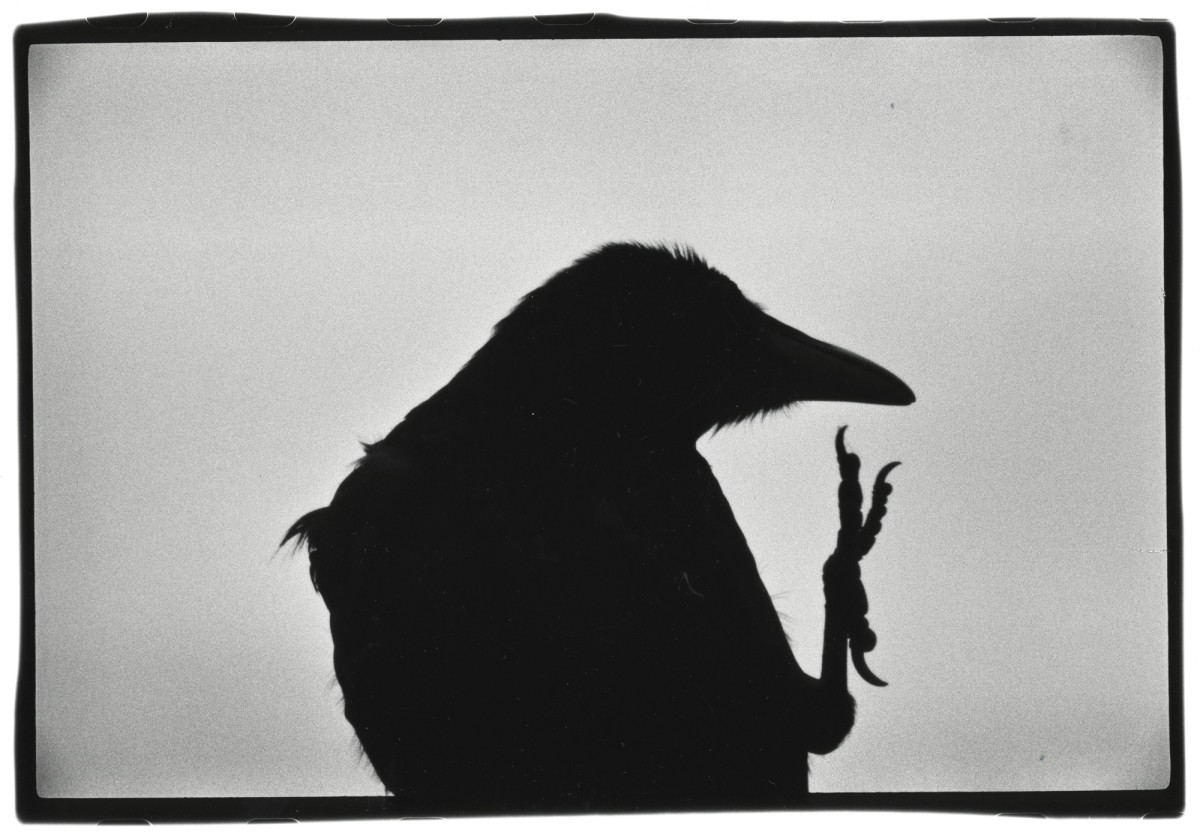
Image credit: Michael Hoppen Gallery
Masahisa Fukase (1934-2012) was born in Hokkaido. His family ran a photo studio in a small town. Although he had moved to Tokyo permanently in the 1950s to further his studies and career, he still felt a strong emotional bond with his hometown.
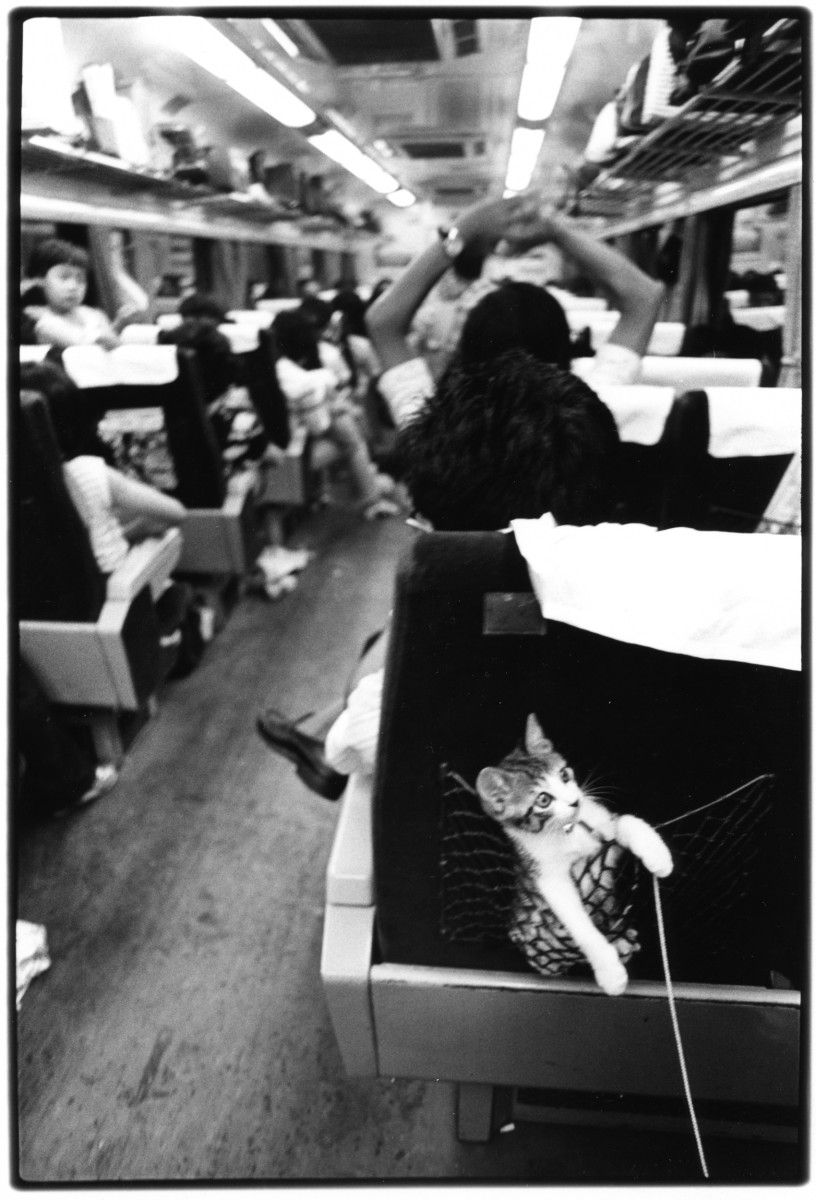
Image credit: Michael Hoppen Gallery
Fukase’s 1986 book Karasu, also known as The Solitude of Ravens, is his most notable piece of work. In 2010, it was selected by the British Journal of Photography as the best photo book published between 1986 and 2009. The original edition is one of the most prized Japanese photo books after the war.
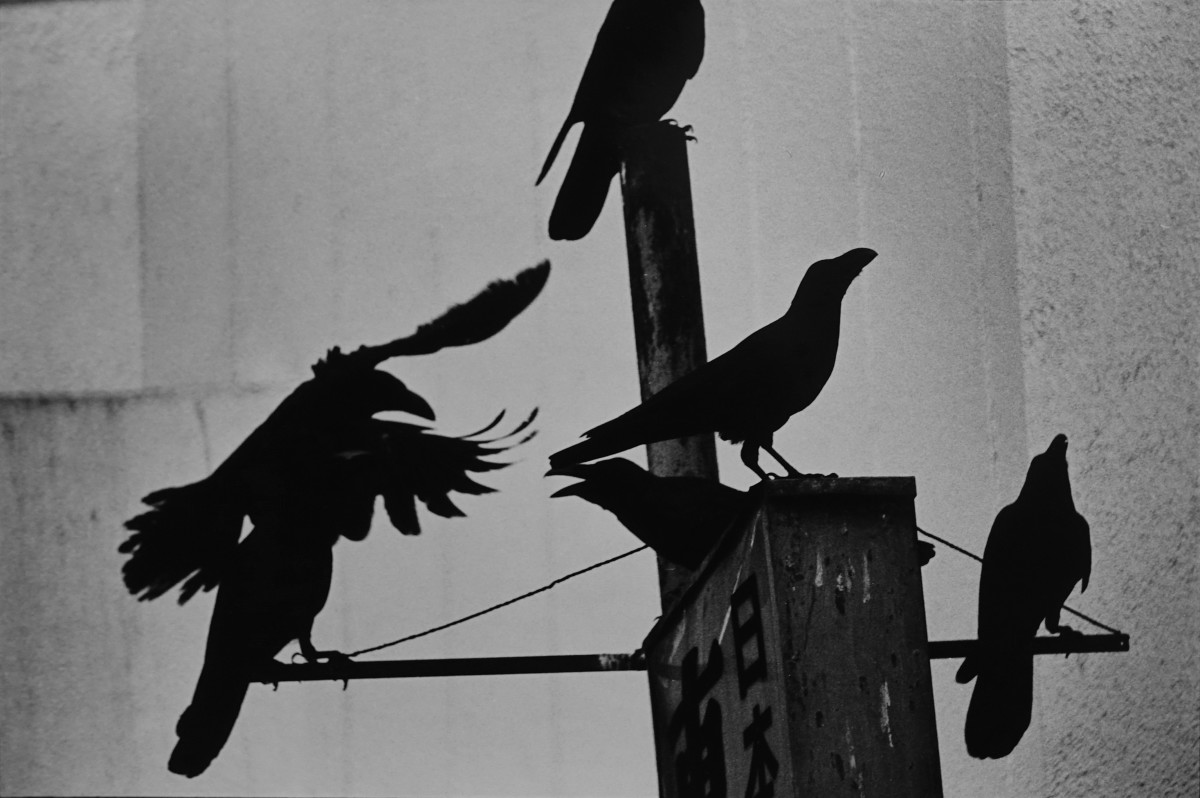
Image credit: Michael Hoppen Gallery
Karasu documents Fukase’s heartbreak, loneliness, and loss after his divorce from his wife. His main subjects, ravens, symbolises his solitude.
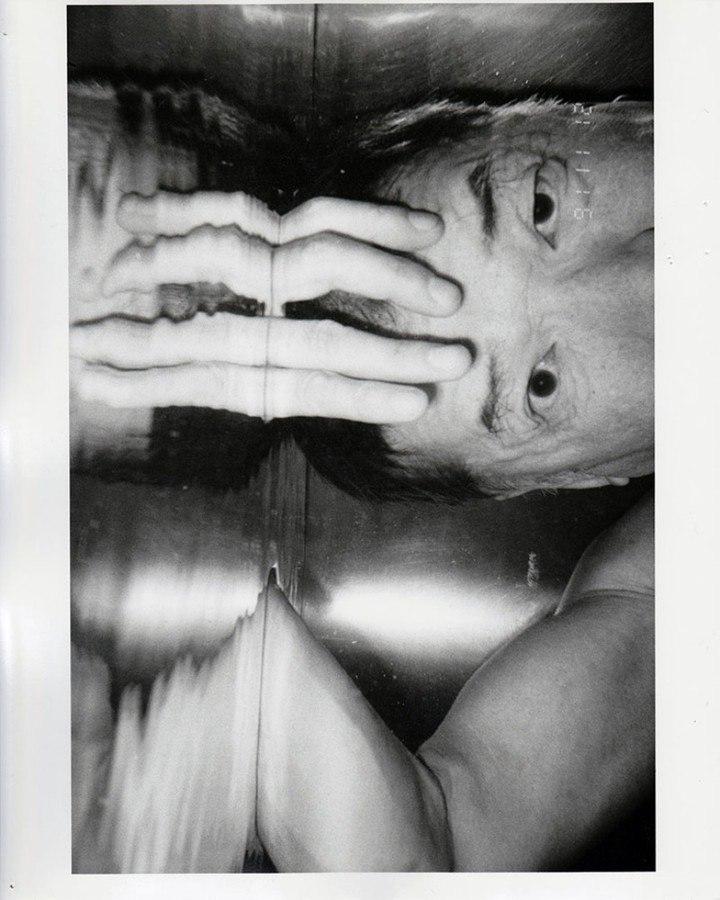
Image credit: @masahisafukase
From 1971 till the death of his father in 1987 and the eventual closure of the family studio in 1989, Fukase worked on a series titled Kazoku (1991). It was a collection of family portraits from his visits back home to Hokkaido, with humorous twists such as hiring models unrelated to the family.
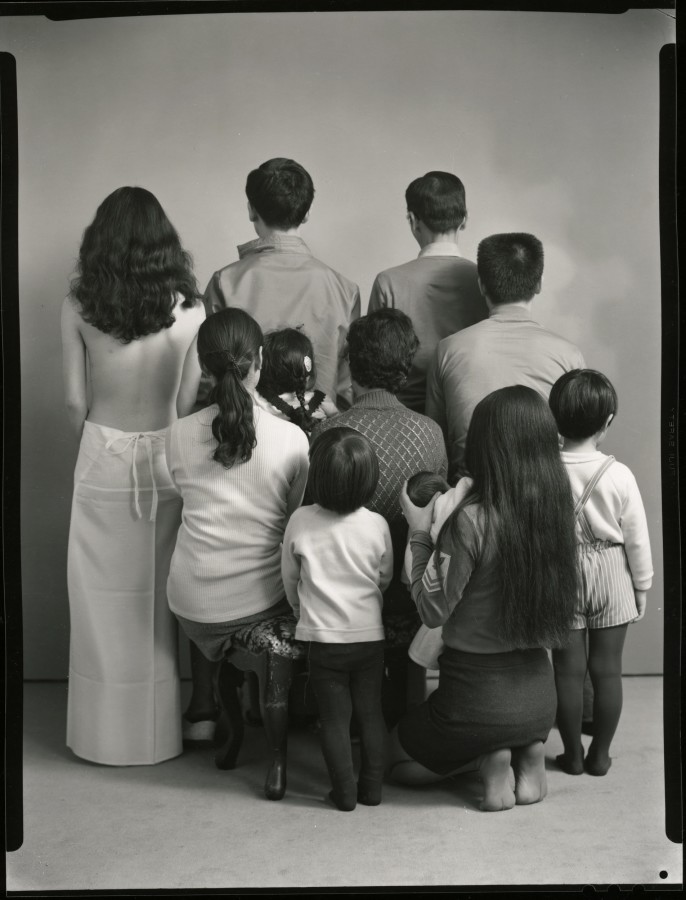
Image credit: Michael Hoppen Gallery
Kazoku was his take on the traditional Japanese family unit and the consequential dispersion of it.
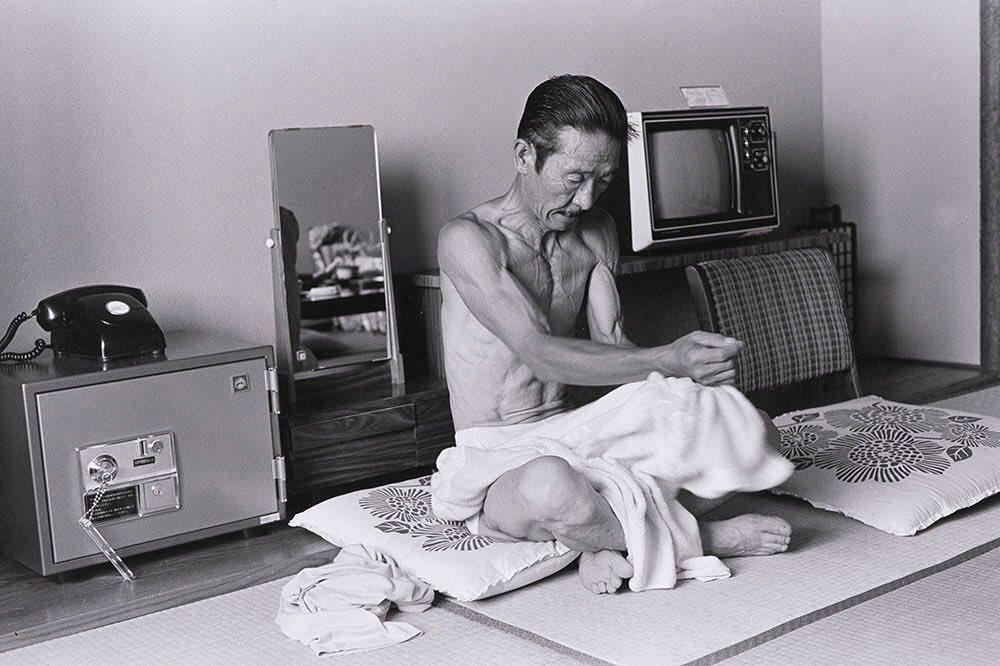
Image credit: @masahisafukase
For more of Masahisa Fukase’s life and work, check out the official gallery’s website here.
5. Tamiko Nishimura (西村多美子)
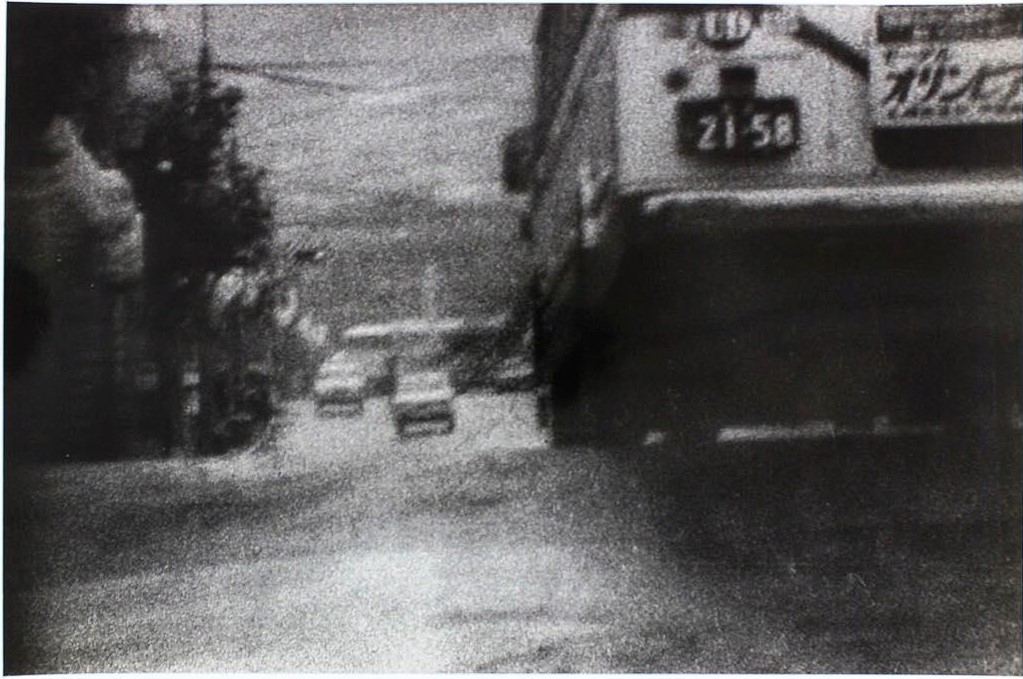 Image adapted from: @harpersbooks
Image adapted from: @harpersbooks
Tamiko Nishimura was born in 1948 in Tokyo.
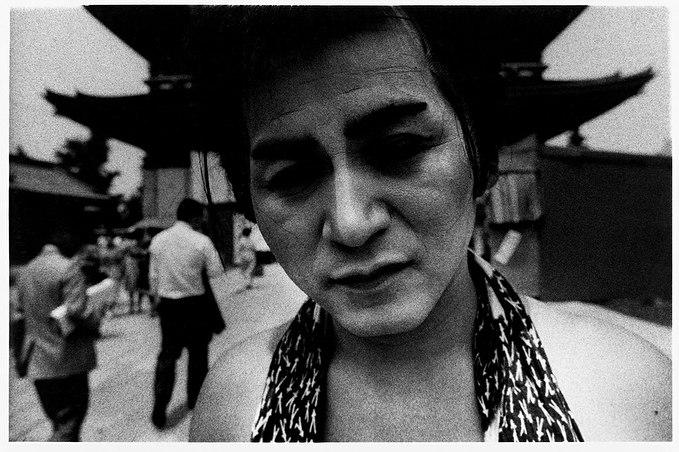
Image credit:@zen_foto_gallery
After graduating from Tokyo Visual Arts, then called Tokyo Photography College, Nishimura worked as a darkroom assistant for 3 Provoke Movement photographers – Daido Moriyama, Kōji Taki and Takuma Nakahira.
As a young and impressionable photographer, her work was influenced by their style of photography.
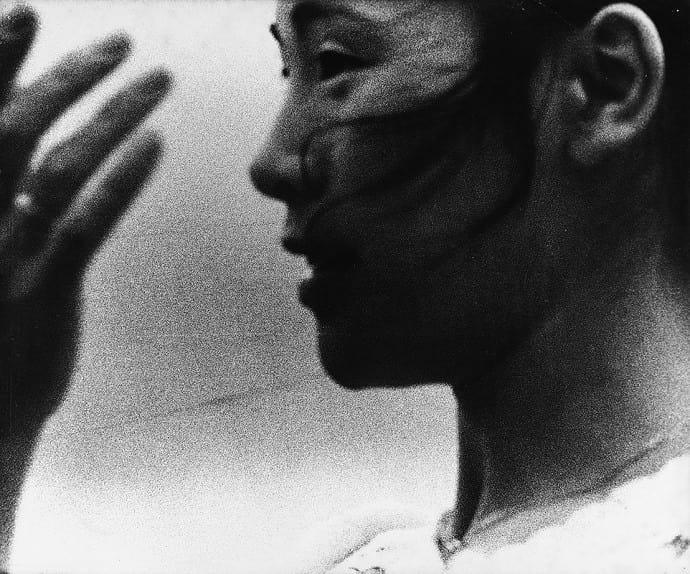
Image credit: @ona.planas
She then continued to travel around Japan before showcasing some of her personal work from her journeys. A nomad at heart, she travelled to Europe and Southeast Asia to further her photography. Her works are a travelogue of sorts.
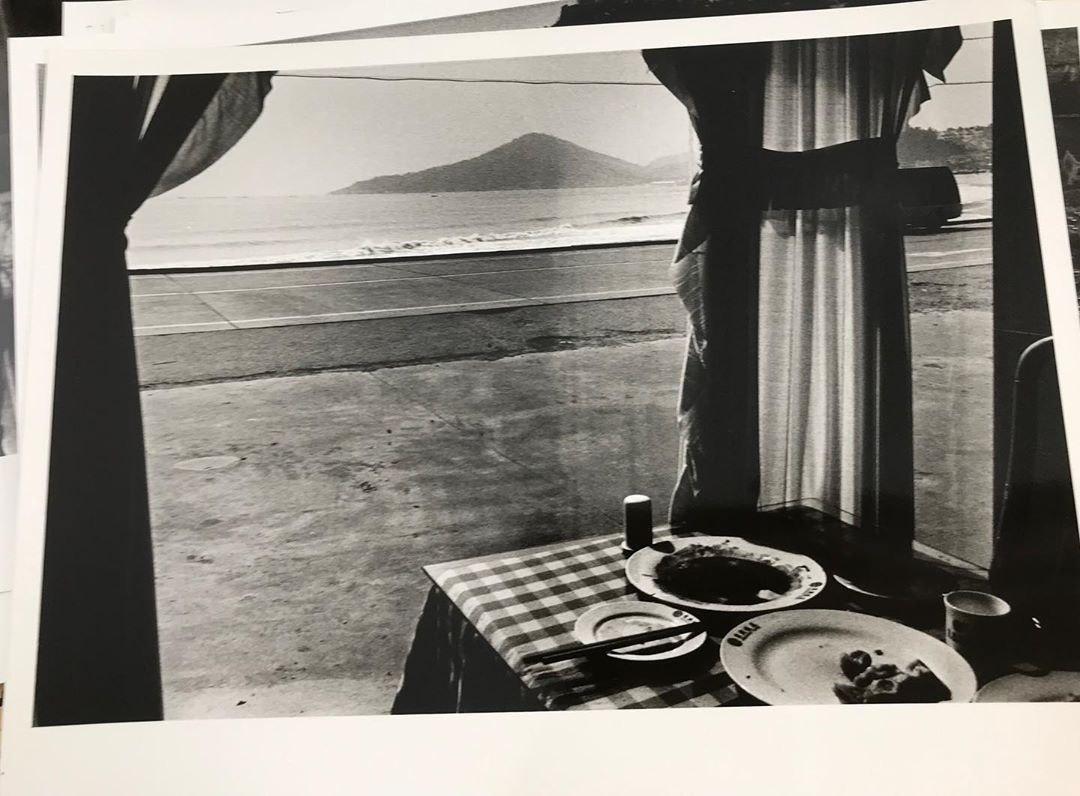
Image credit: @zen_foto_gallery
For more of Tamiko Nishimura’s books on her voyages around the world, check out this website.
6. Hiroshi Hamaya (濱谷 浩)
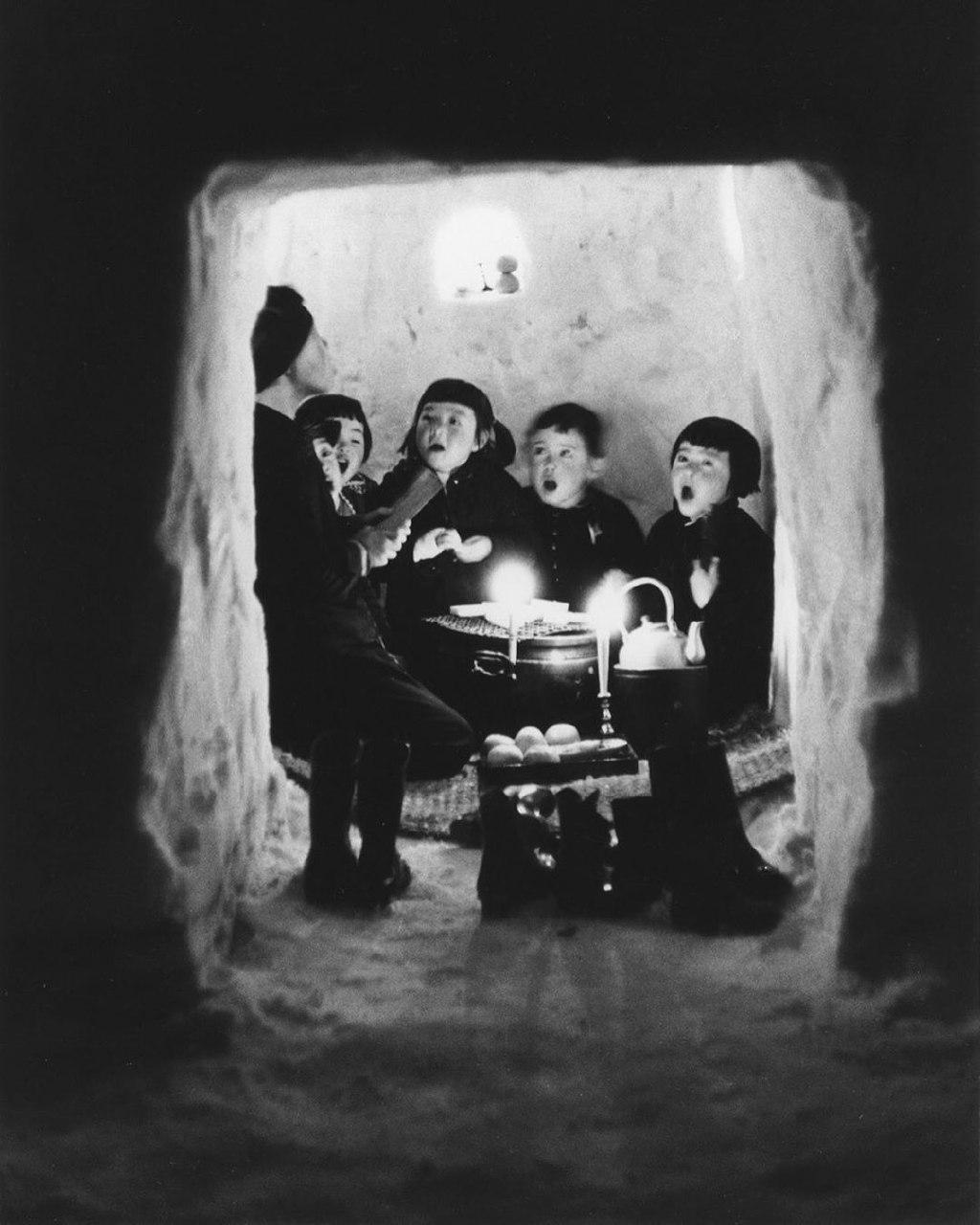
Image credit: @francis_gan
Hiroshi Hamaya (1915-1999) was the first Japanese photographer to join Magnum Photos, a renowned international photographic cooperative, as an associate member in 1960. In 1995, his work was featured in a world-touring exhibition by the Museum of Modern Art (MoMA), which saw more than 9 million visitors.
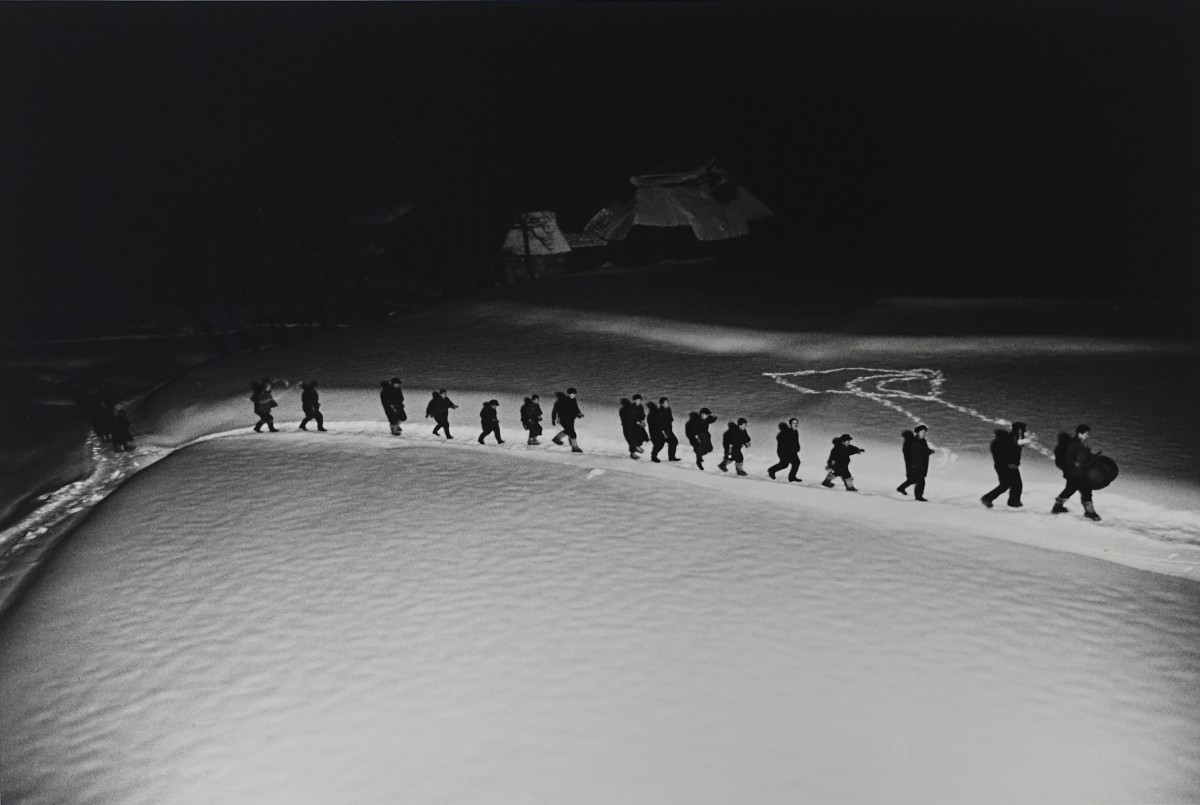
Boys singing to drive away harmful birds, Niigata, from the series Snow Country, 1948
Image credit: Michael Hoppen Gallery
He began work by documenting Tokyo as an aeronautical photographer, and then as a freelance photographer for magazines in the 1930s. Later on, he took an interest in photographing the remote prefectures of Japan and its people, recording their lives and the surrounding landscape.
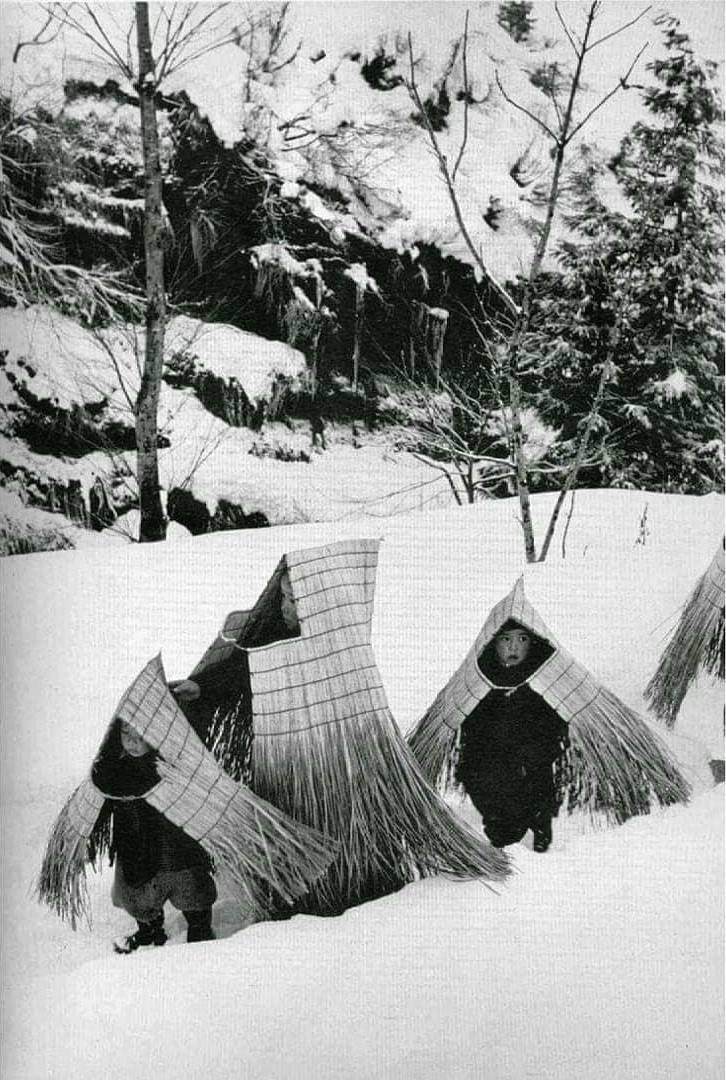
Image credit: @made.in.august
In 1960, he took a photojournalistic approach to the political demonstrations in Tokyo. These photos of the demonstrations were published in his photo book, Record of Anger and Grief (1960), which became an icon of post-war Japan’s protests.
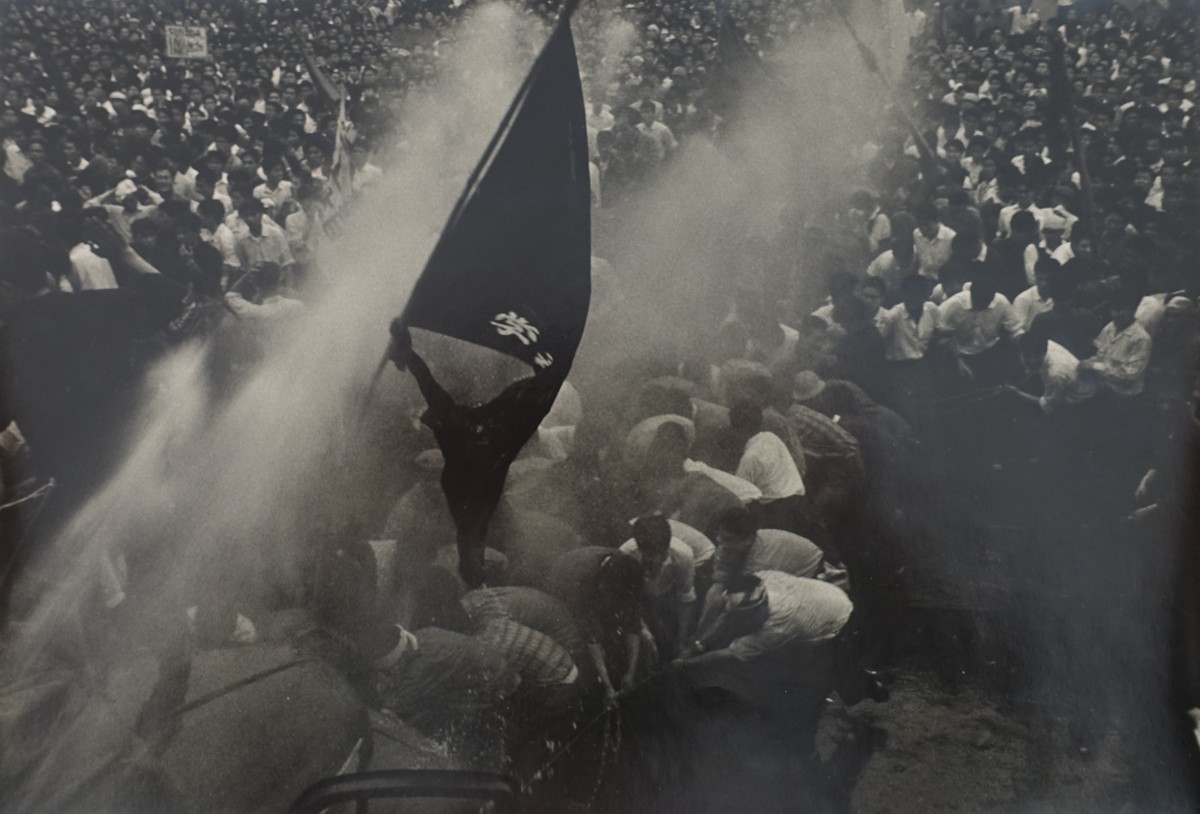
Image credit: Michael Hoppen Gallery
Hamaya received the Master of Photography Award from the International Center of Photography in 1986 and the Hasselblad Award in 1987.
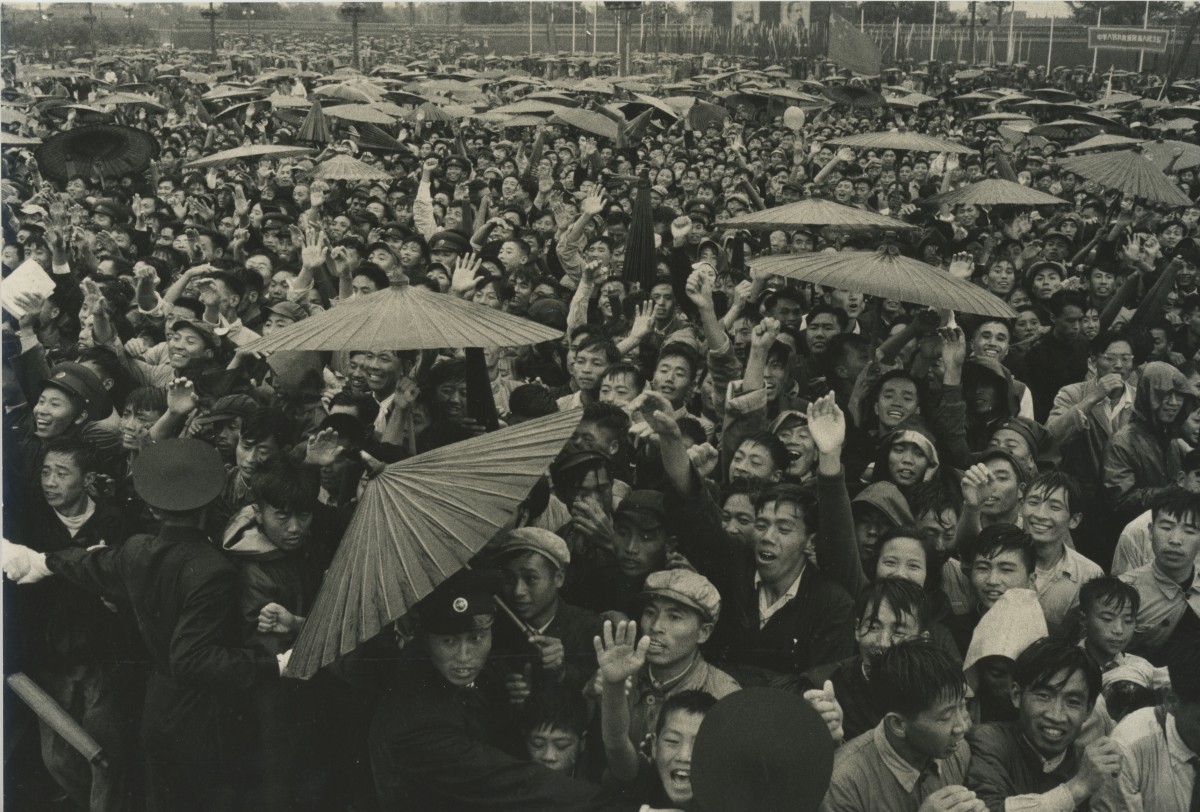
“Live long Chairman Mao”, Beijing, China, 1956
Image credit: Michael Hoppen Gallery
For more of Hiroshi Hamaya’s photos and his biography, do check out the Michael Hoppen Gallery.
7. Takehito Miyatake (宮武 健仁)
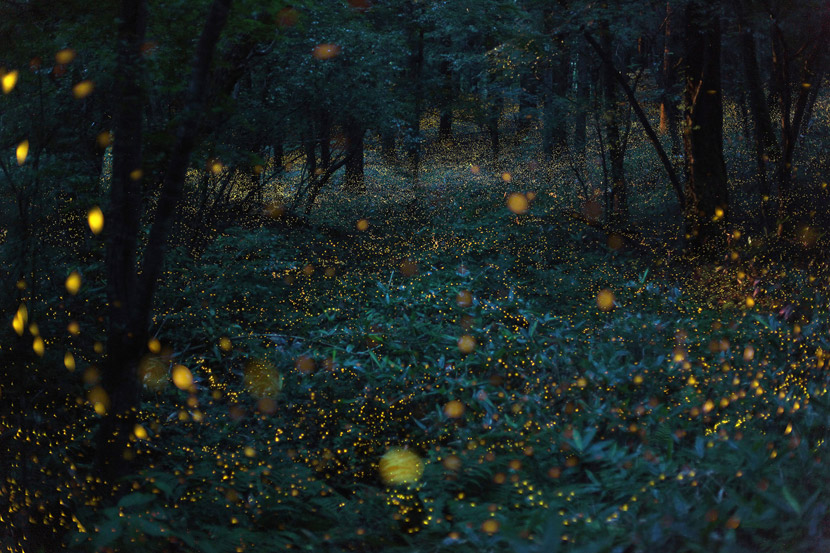
Image credit: Takehito Miyatake
Born in Osaka in 1966, Takehito Miyatake is a prolific nature photographer. His work is easily recognisable by mysterious and mystical lights that makes one wonder if it was a photo taken in real life.
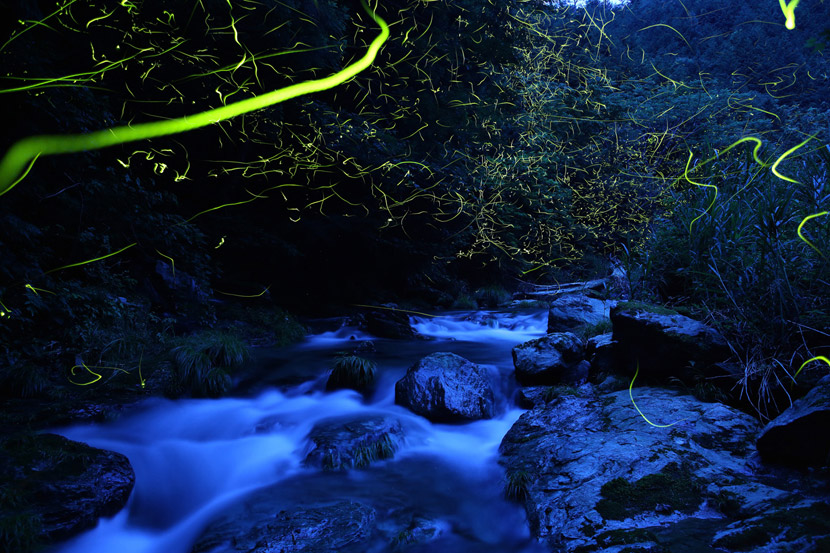
Image credit: Takehito Miyatake
His most notable works are that of fireflies, volcanic eruptions, and the Japanese landscape.
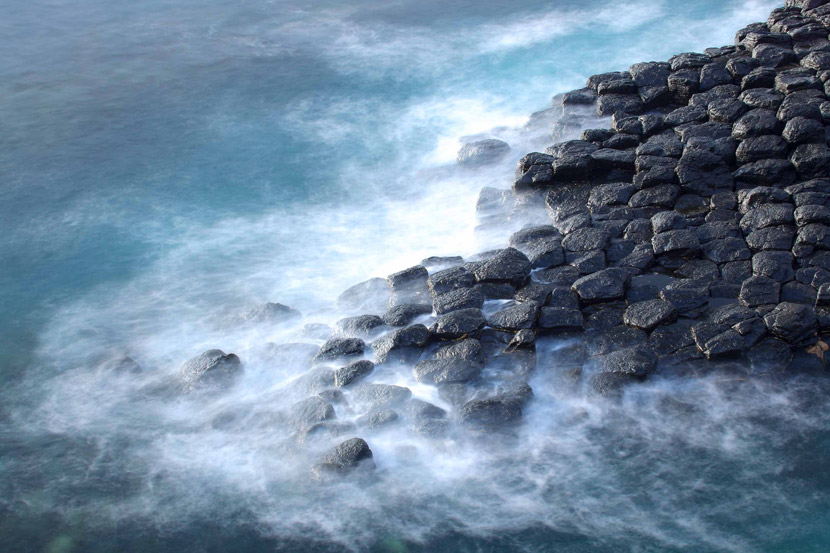
Image credit: Takehito Miyatake
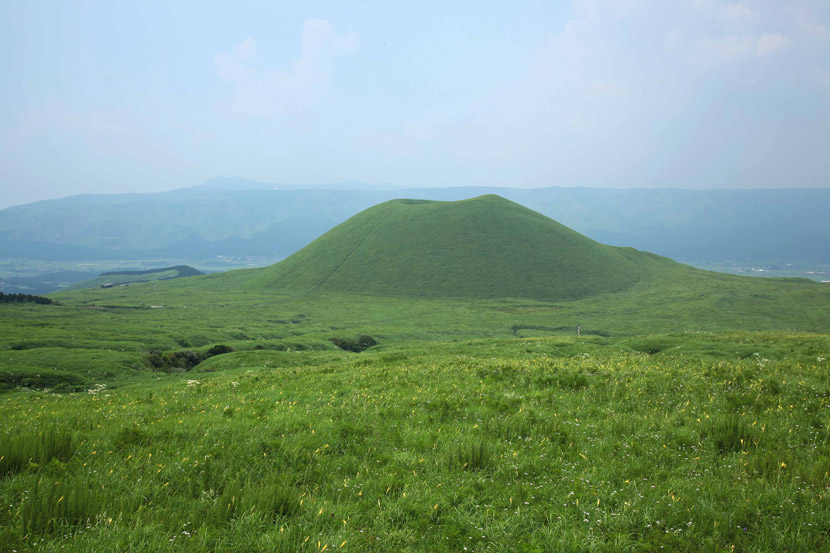
Image credit: Takehito Miyatake
After the devastating Tohoku earthquake on 11 March 2011, Takehito focused on documenting how the Japanese view calamities and why people choose to continue living there despite the danger.
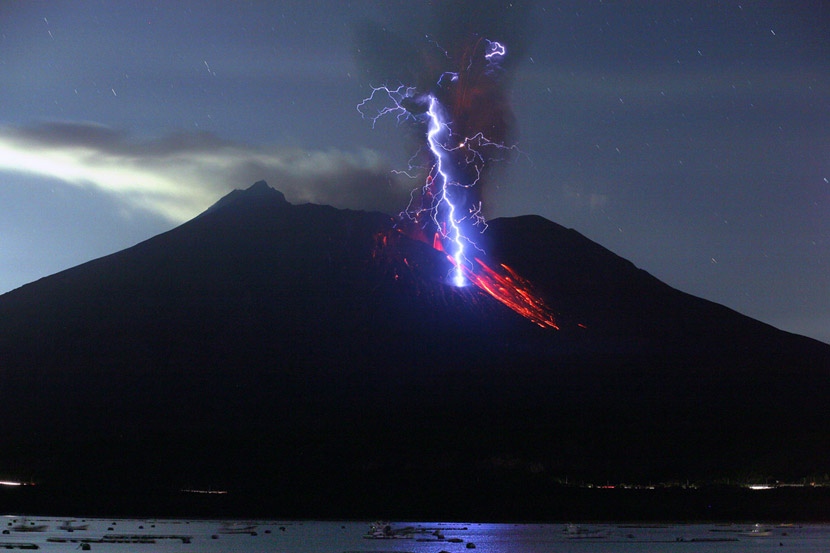
Image credit: Takehito Miyatake
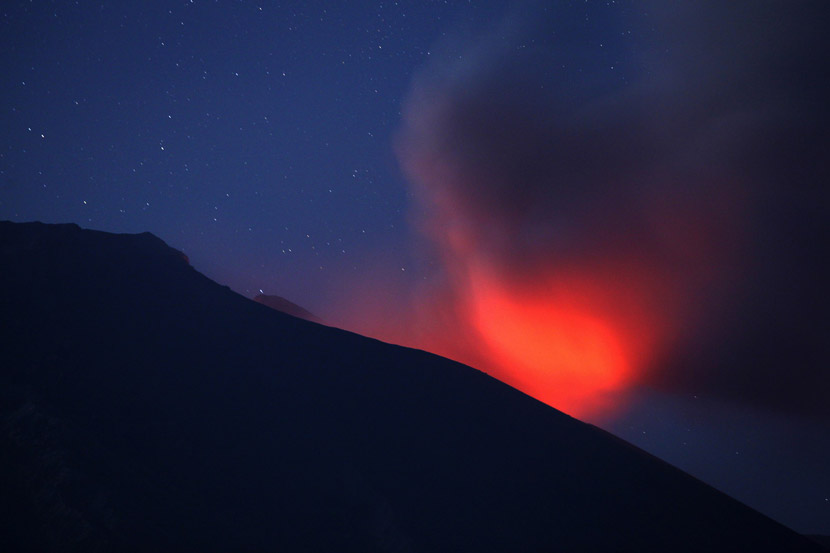
Image credit: Takehito Miyatake
Find out more of Takehito Miyatake’s stories and photographs on his official website here.
8. Shomei Tomatsu (東松 照明)
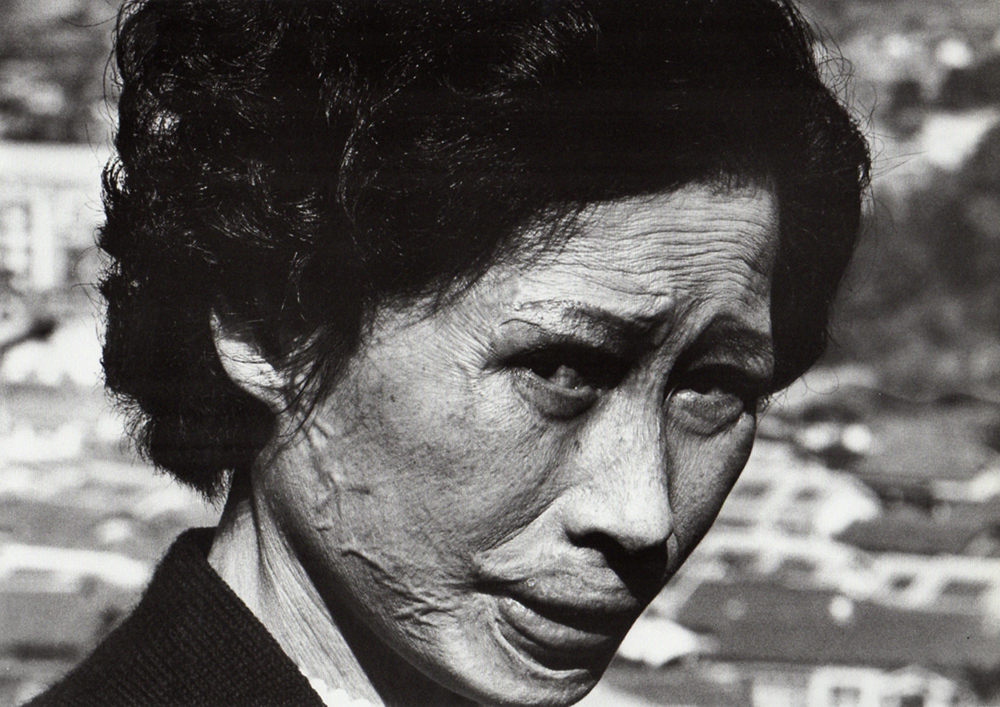
Image credit: Priska Pasquer
Shomei Tomatsu was born in Nagoya in 1930 and died in Okinawa in December 2012.
Tomatsu was an eminent post-WWII photographer who kick-started a style of raw and gritty photography that was a 180° change from its restrained predecessor.
It’s said that his style influenced other notable Japanese photographers, such as Daido Moriyama and Nobuyoshi Araki.
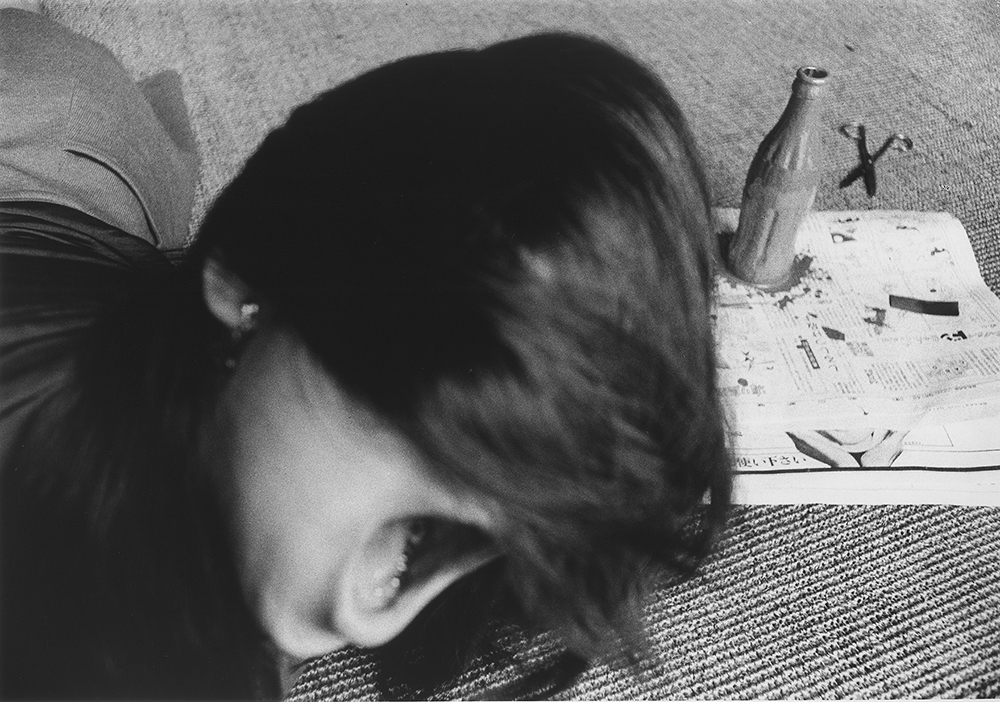
Image credit: Priska Pasquer
He first picked up the camera when he was 20 years old. He lived near an American military base in Nagoya and his photos reflected the impact of the war, as well as the prolonged stay of the Americans. His photographs were published by several major Japanese photography magazines while he was studying Economics at university.
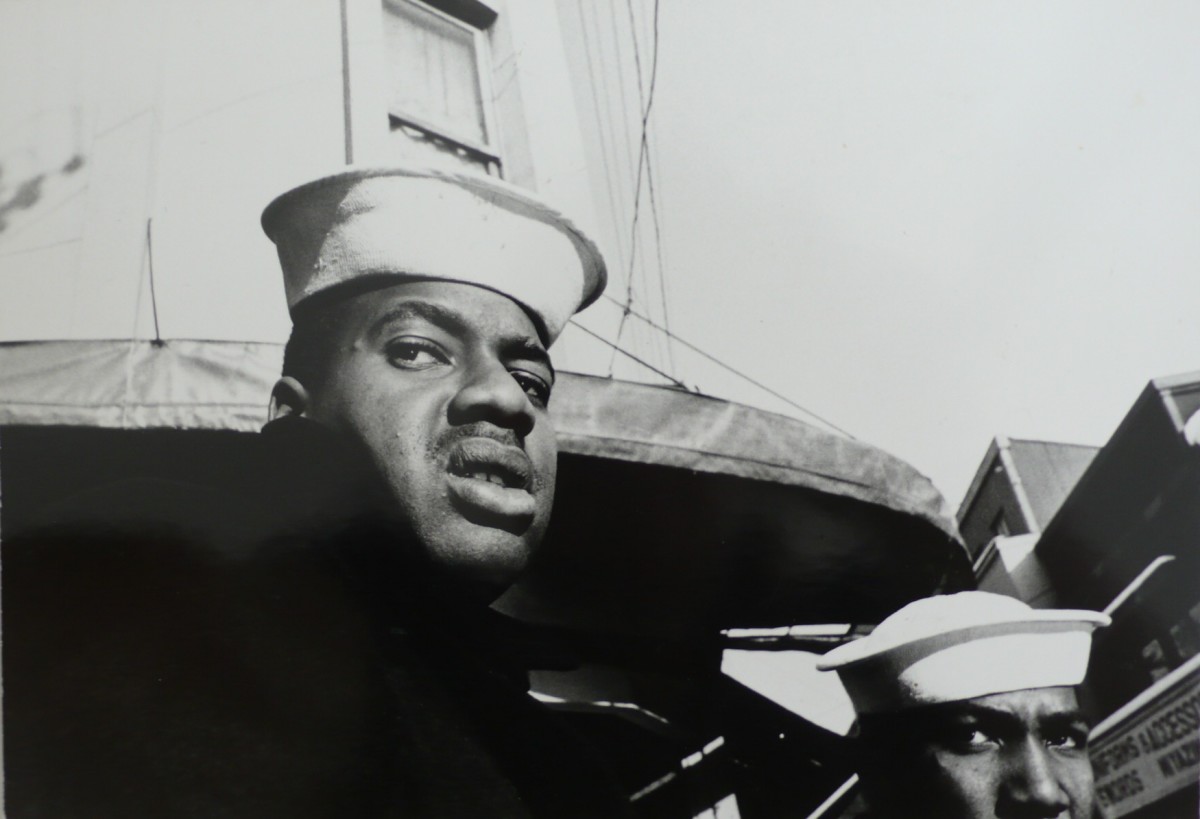
Image credit: Michael Hoppen Gallery
Tomatsu’s most notable works are from his trips to Nagasaki, where he documented the aftermath of the atomic bomb, as well as the suffering of the survivors. These photographs were published in the Hiroshima-Nagasaki Document (1961).
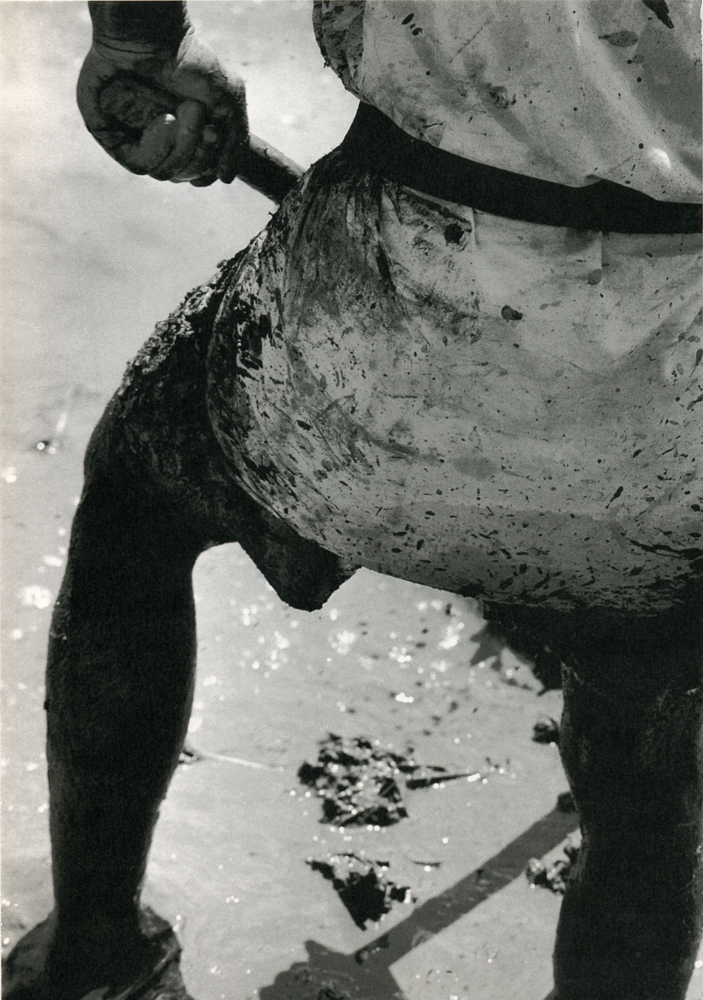
Image credit: Priska Pasquer
After he moved to Okinawa in 1972, he published the award-winning The Pencil of the Sun (1975), which documented the distinctive lives and culture of the Okinawan people in the decades after the war.
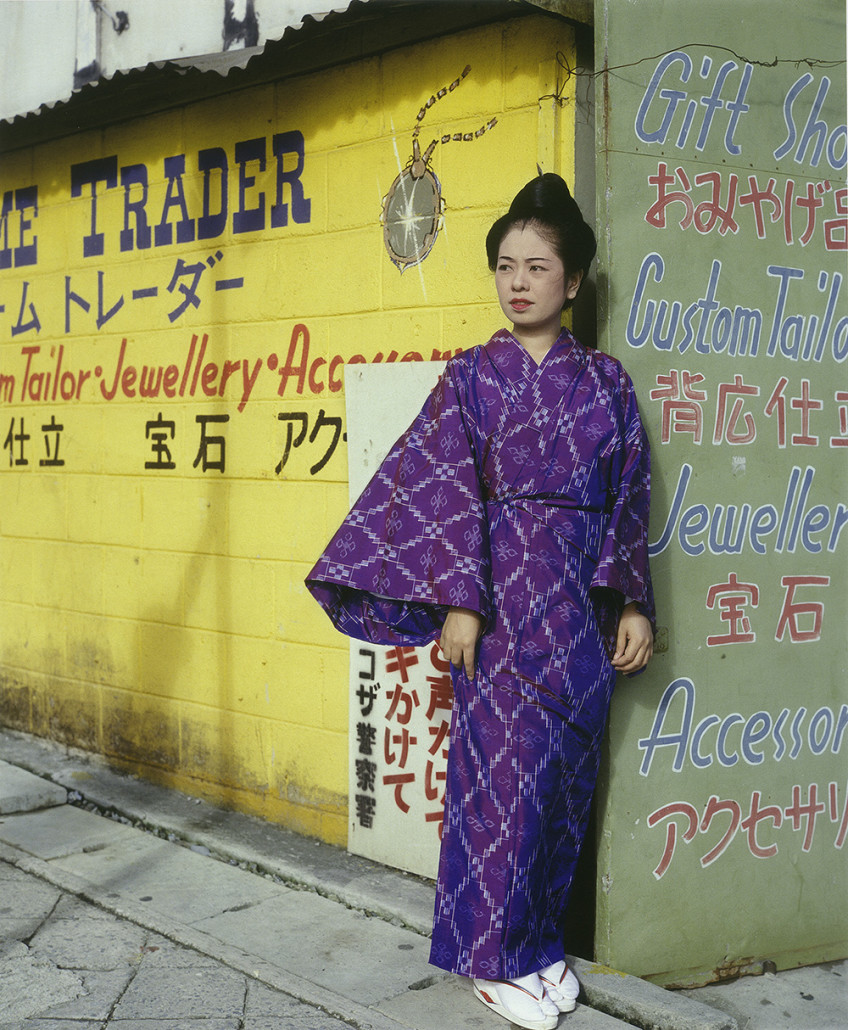
Image credit: Priska Pasquer
Tomatsu began his career with black and white photography. In the 1960s, he began experimenting with colour in his work.
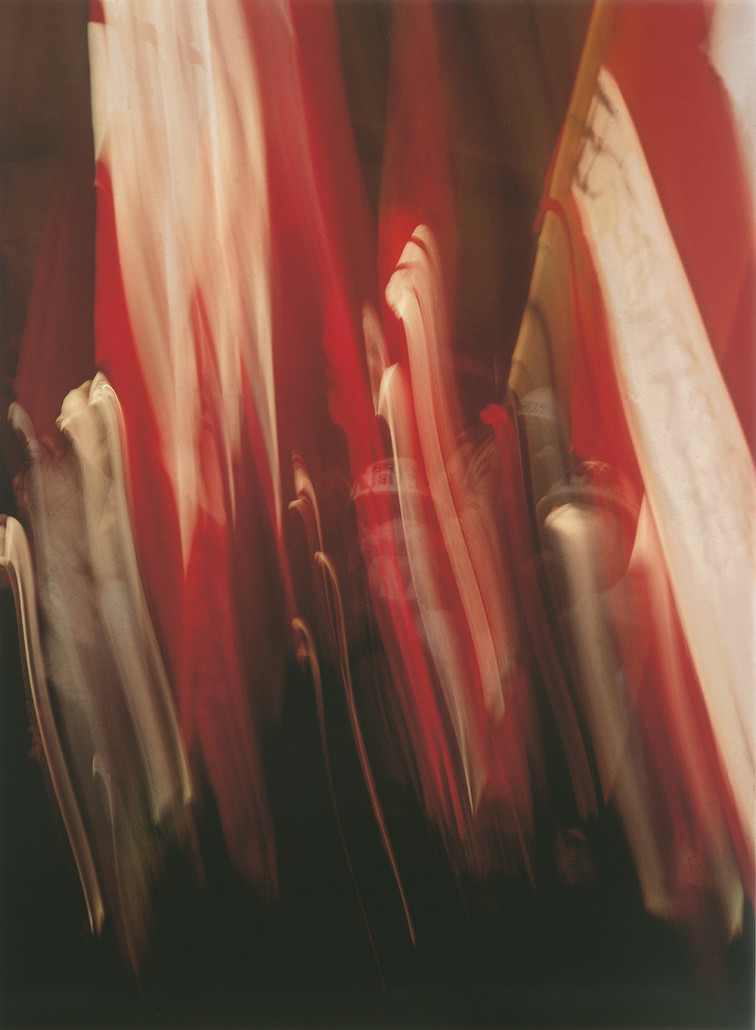
Image credit: Priska Pasquer
Shomei Tomatsu made what was conventionally considered unappealing into a career-defining body of work. Few have created an impact on photography like Shomei Tomatsu did, and even fewer have been so introspective and self-examining on his country.
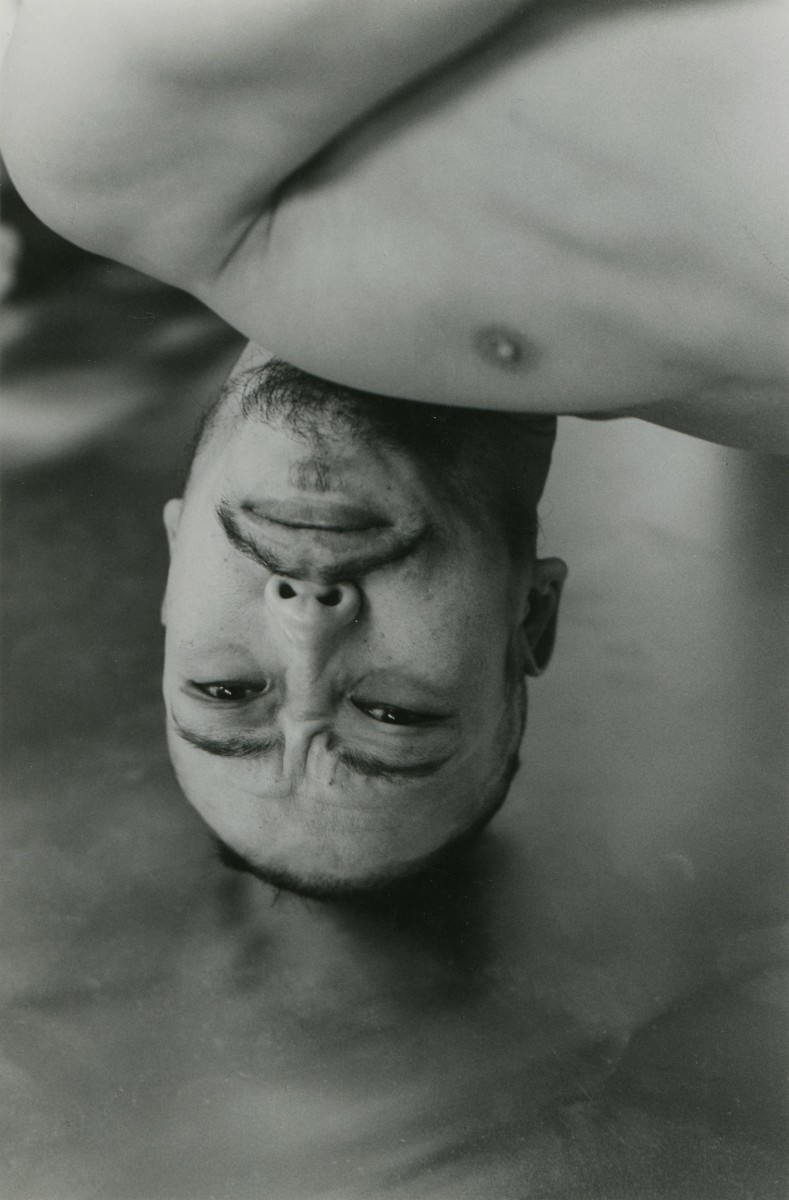
Image credit: Michael Hoppen Gallery
Do check out the Priska Pasquer Gallery and the Michael Hoppen Gallery for more of Shomei Tomatsu’s works.
Best Japanese photographers
We hope we left you feeling inspired by these Japanese photographers. While they were all exceedingly talented and skilled, we believe that it was their lived experiences that fuelled their passion to photograph and document, hence creating a beautiful body of work with stories to tell.
We’d also like to thank the various galleries and photo foundations for allowing us to present their photographs.
Check out these articles:
- Japan travel vloggers to subscribe to
- Most haunted places in Japan
- Japanese snack boxes with free shipping
- Boba food trends in Tokyo
- Japanese cocktail recipes